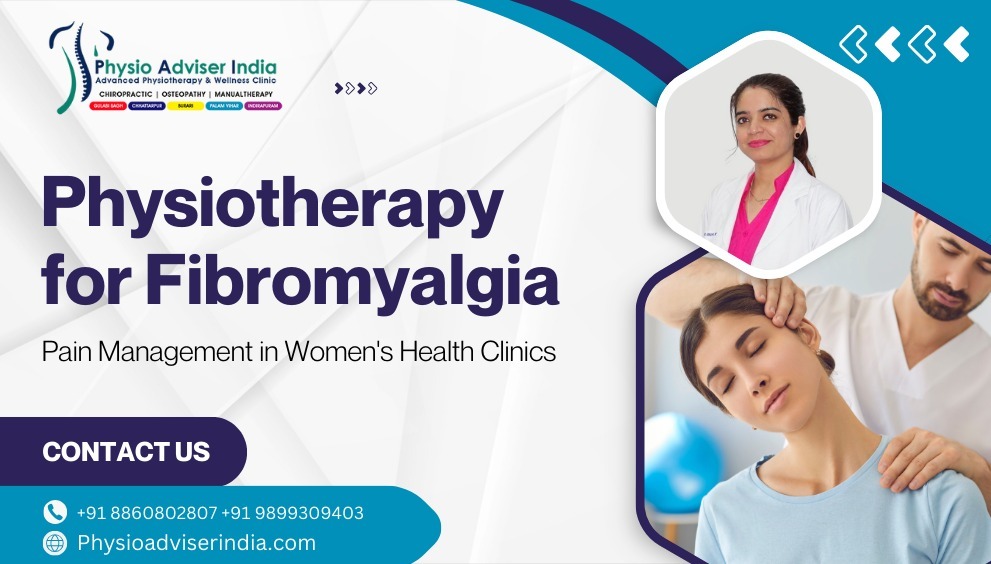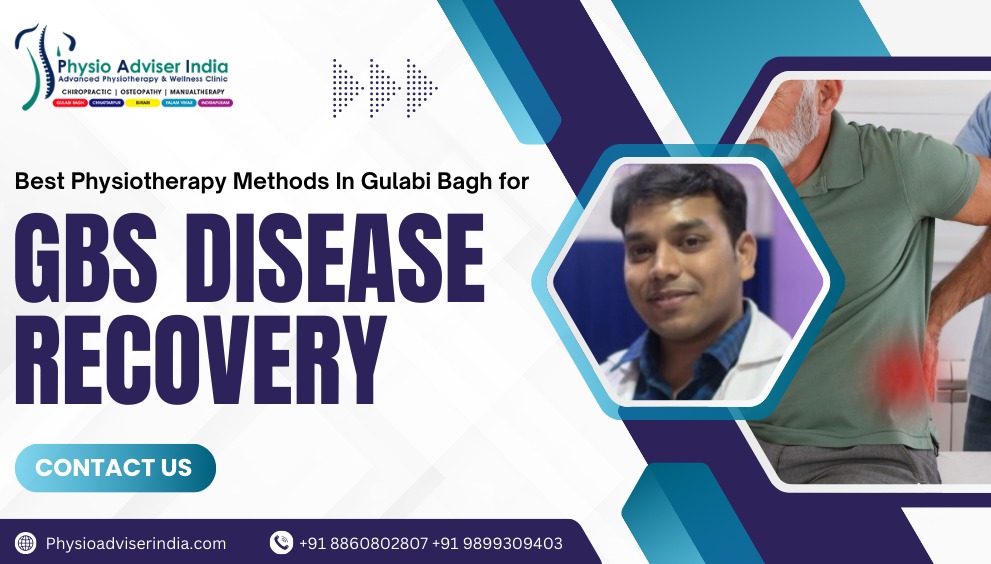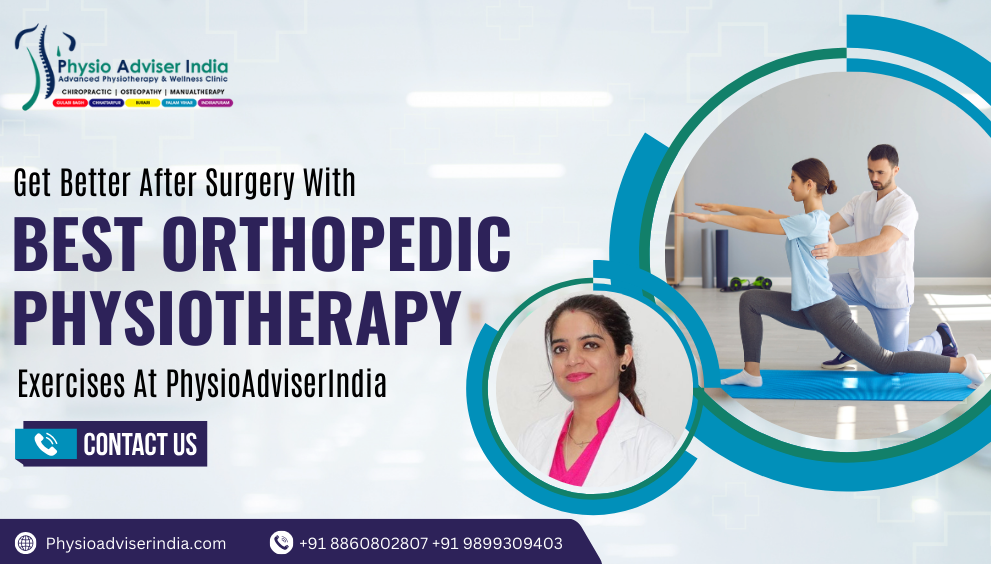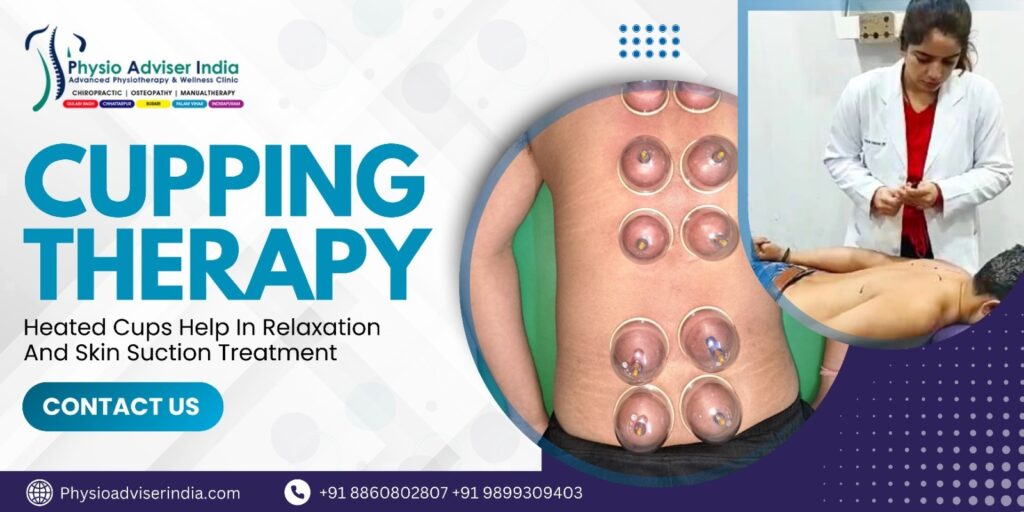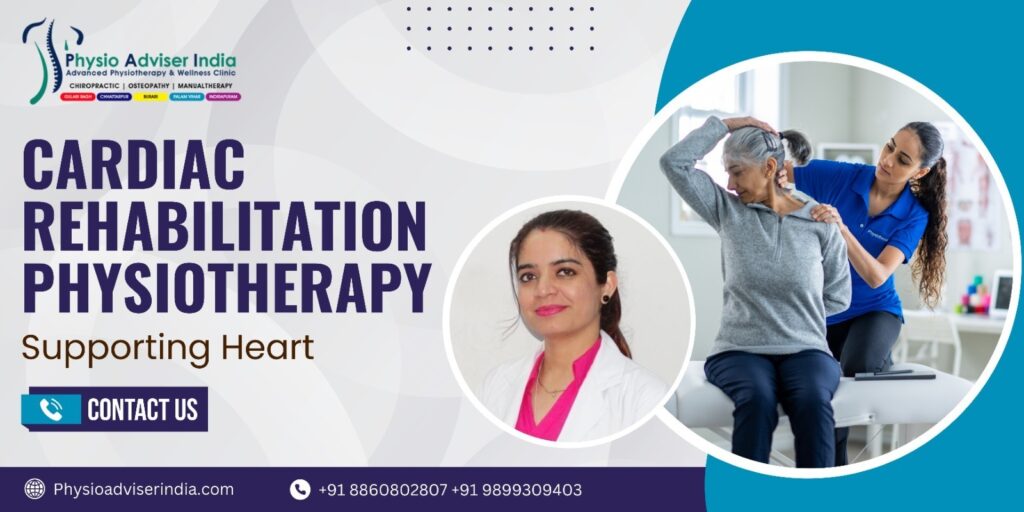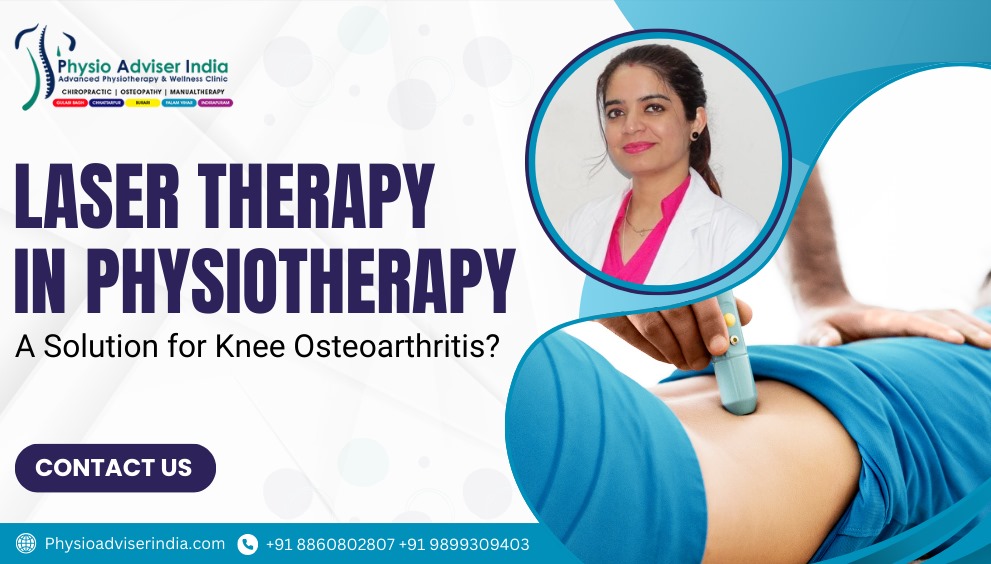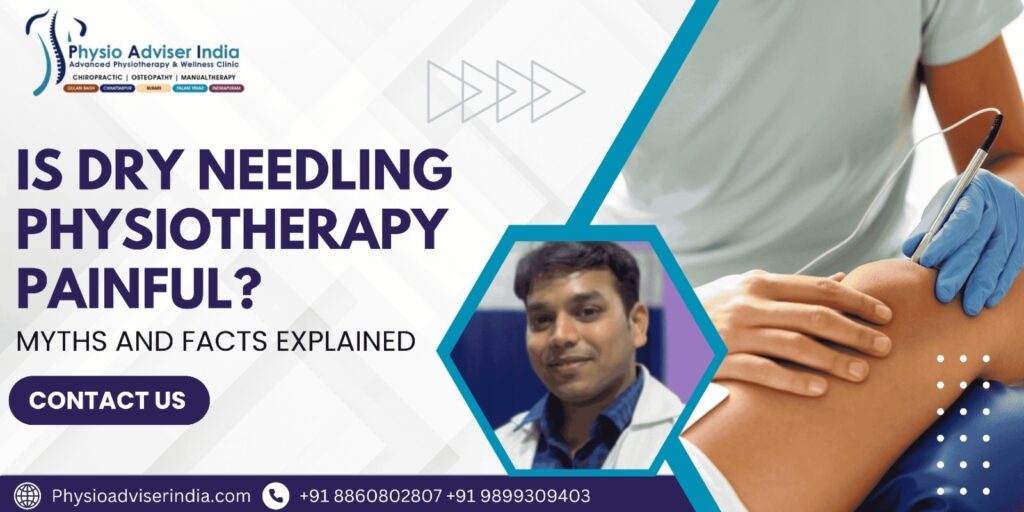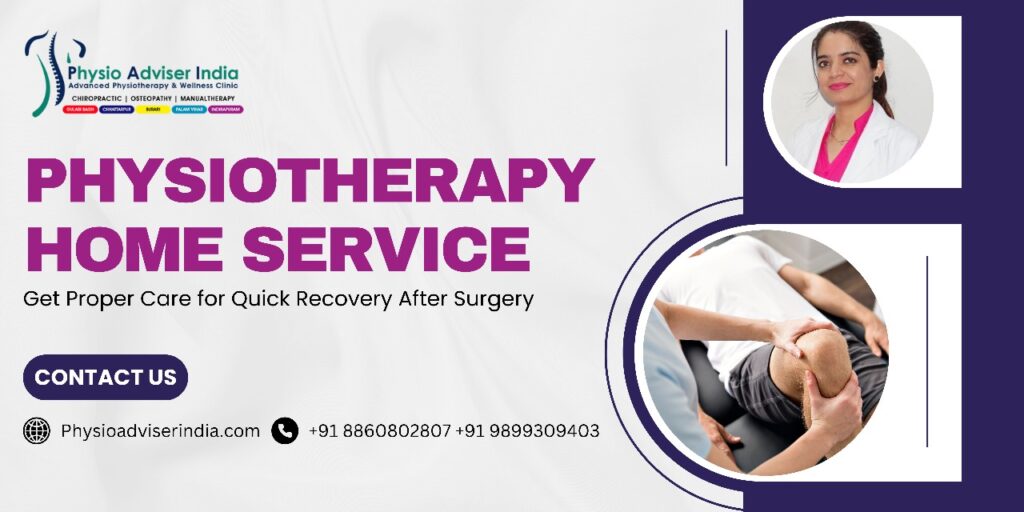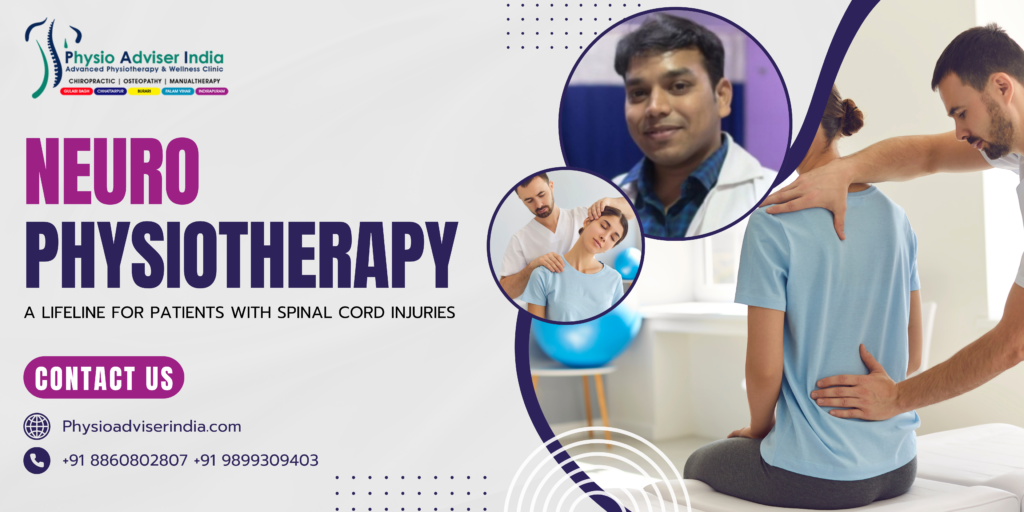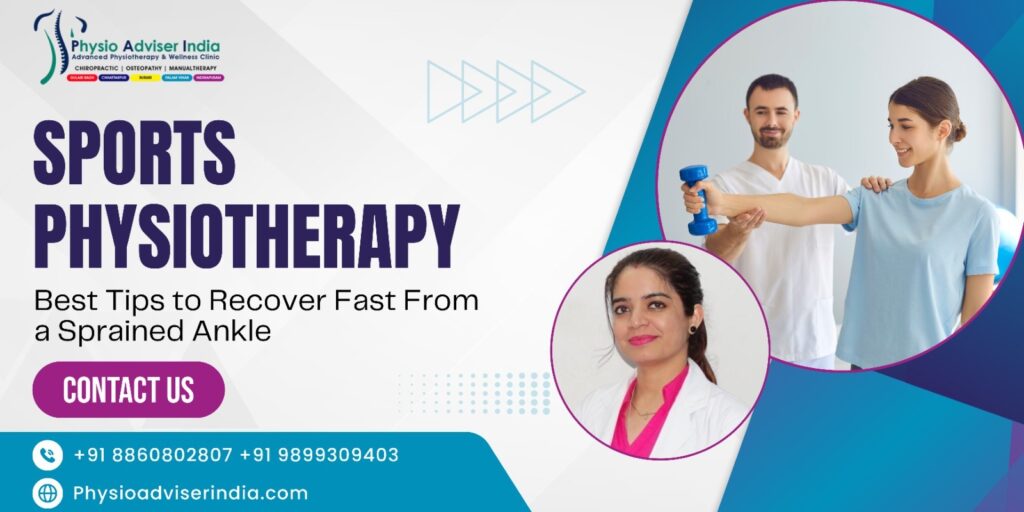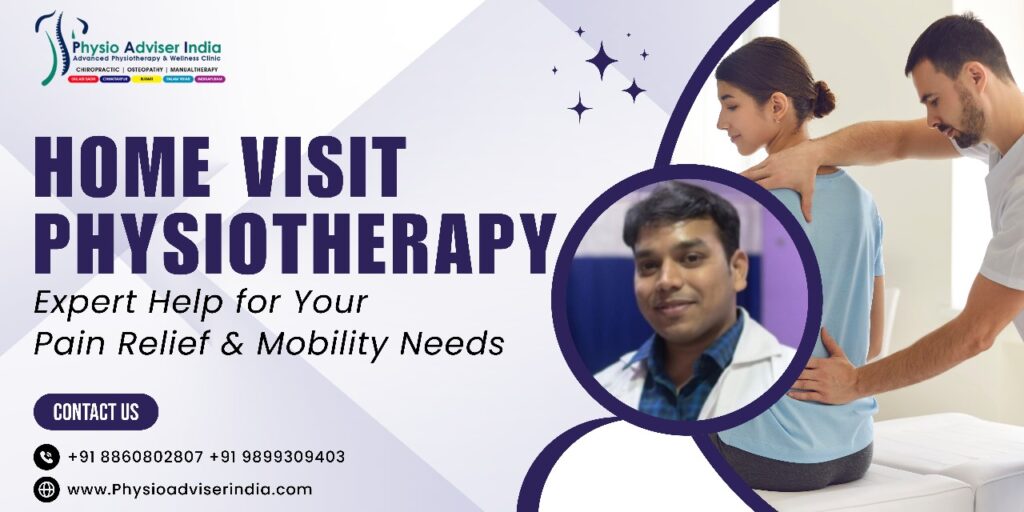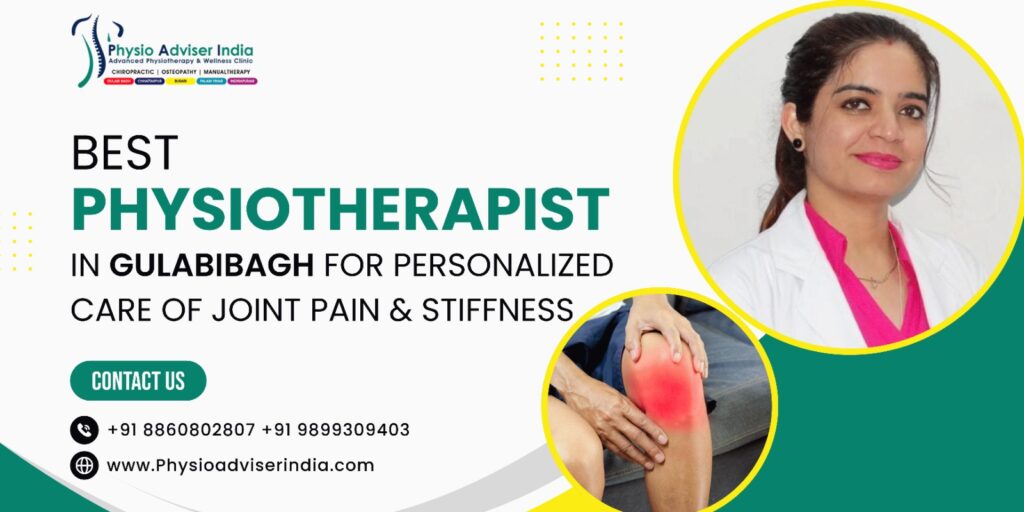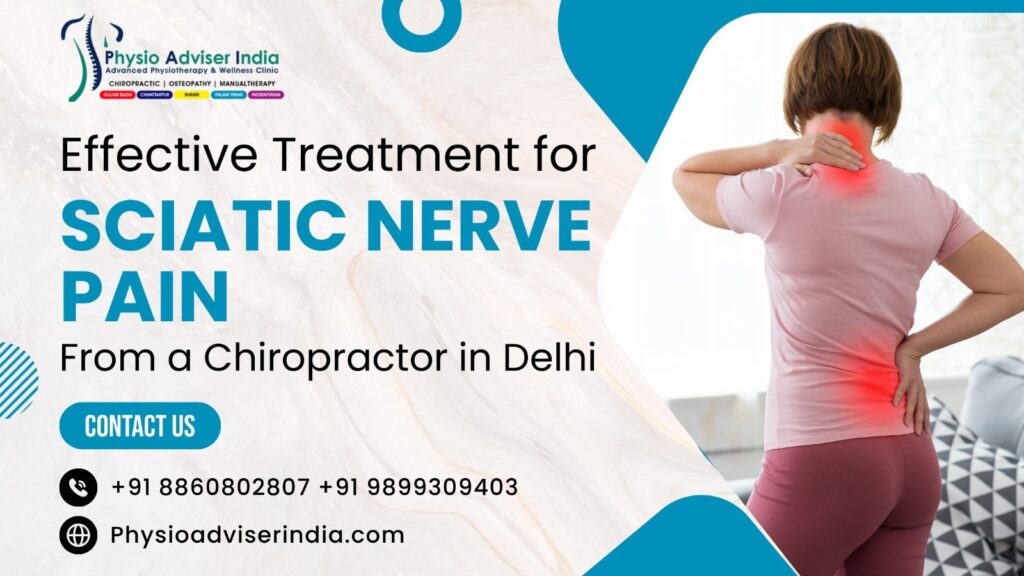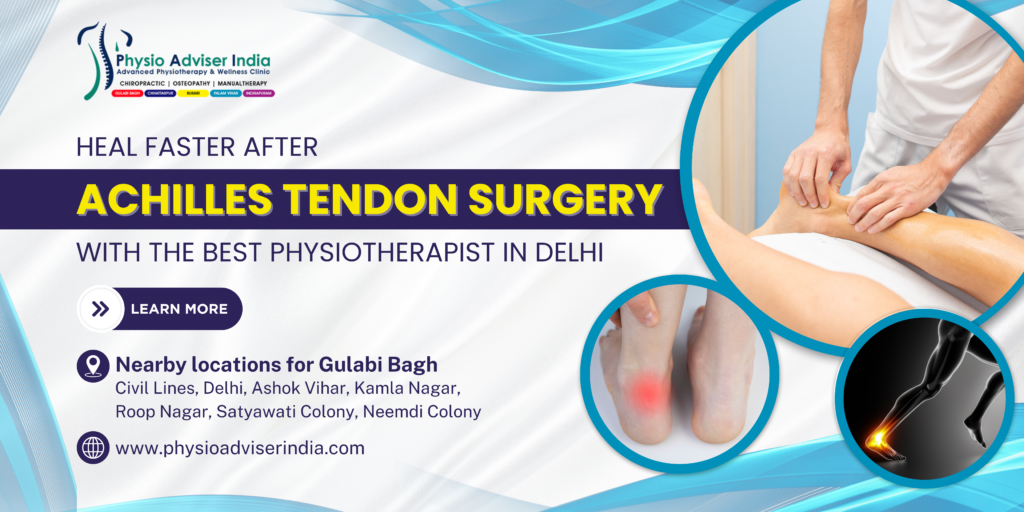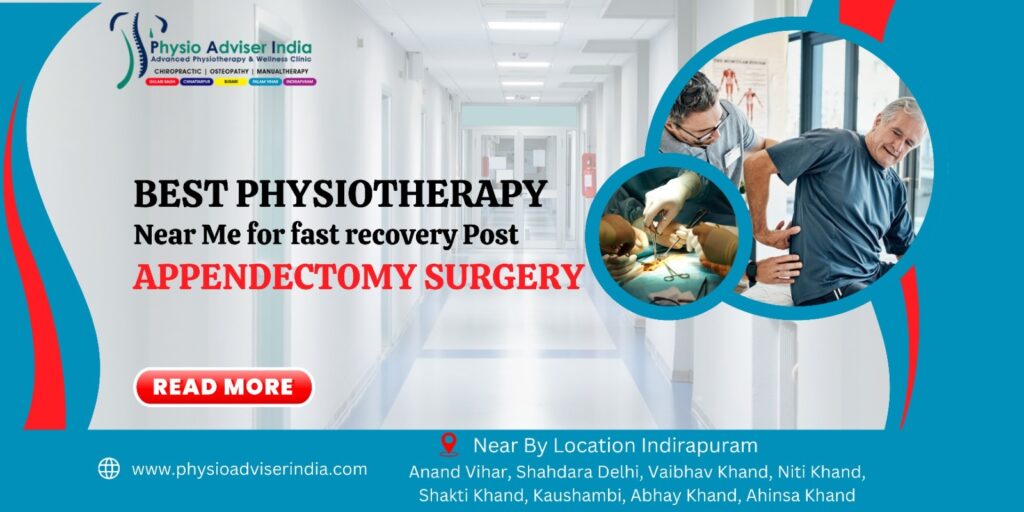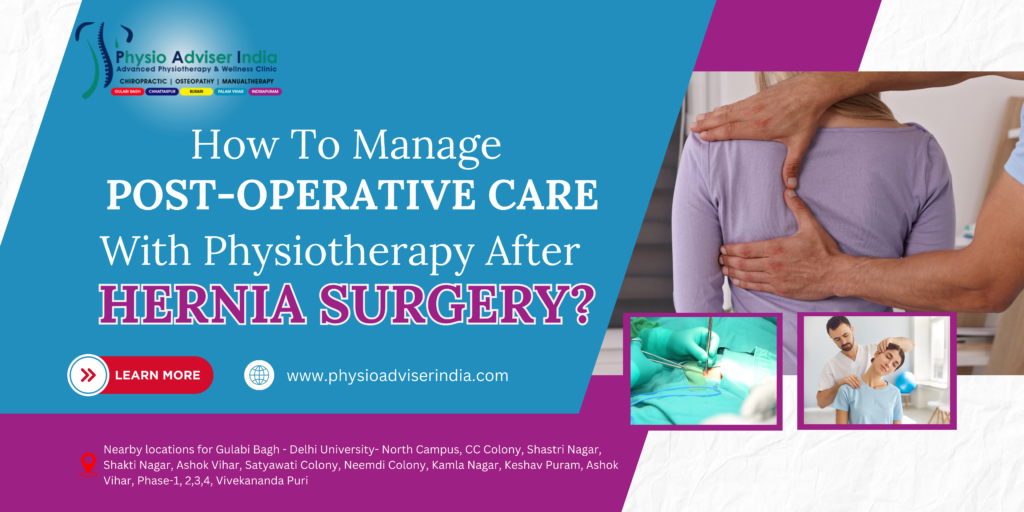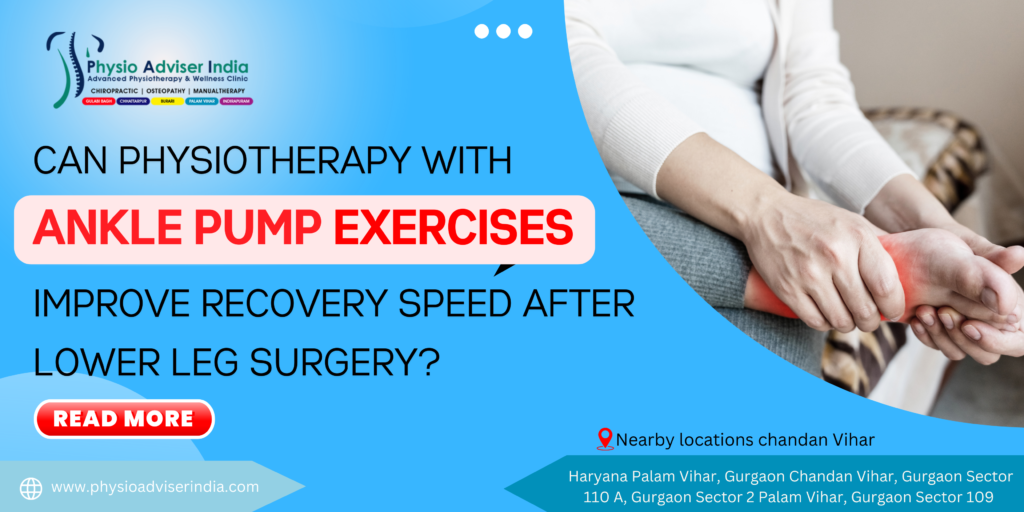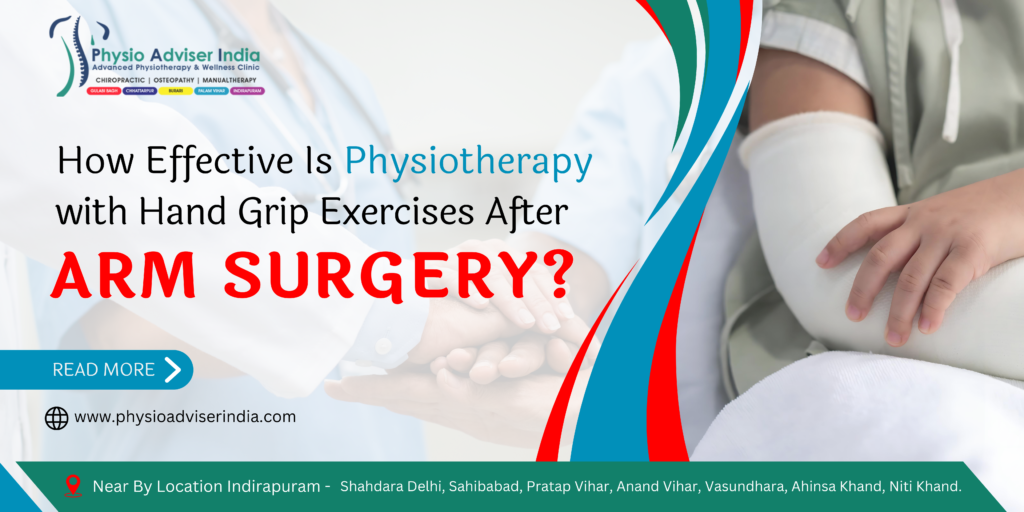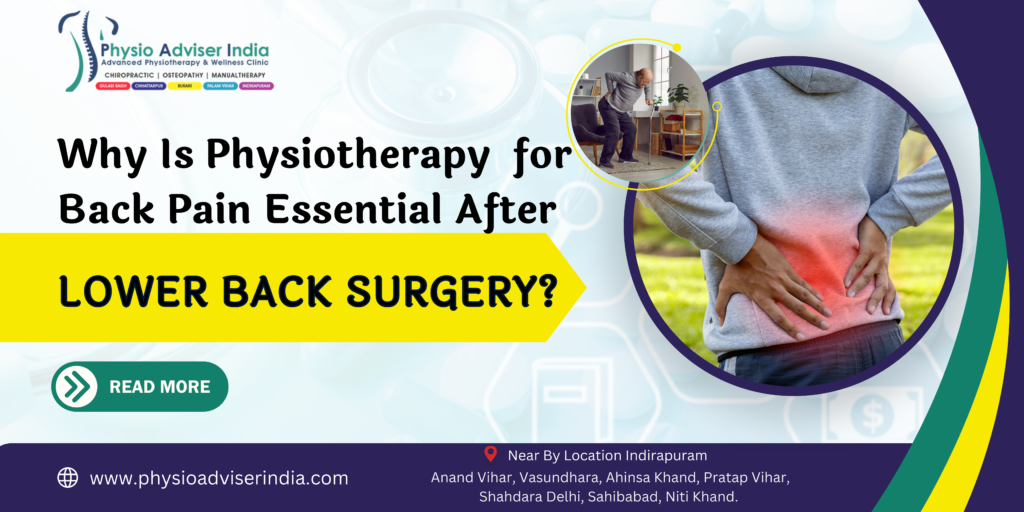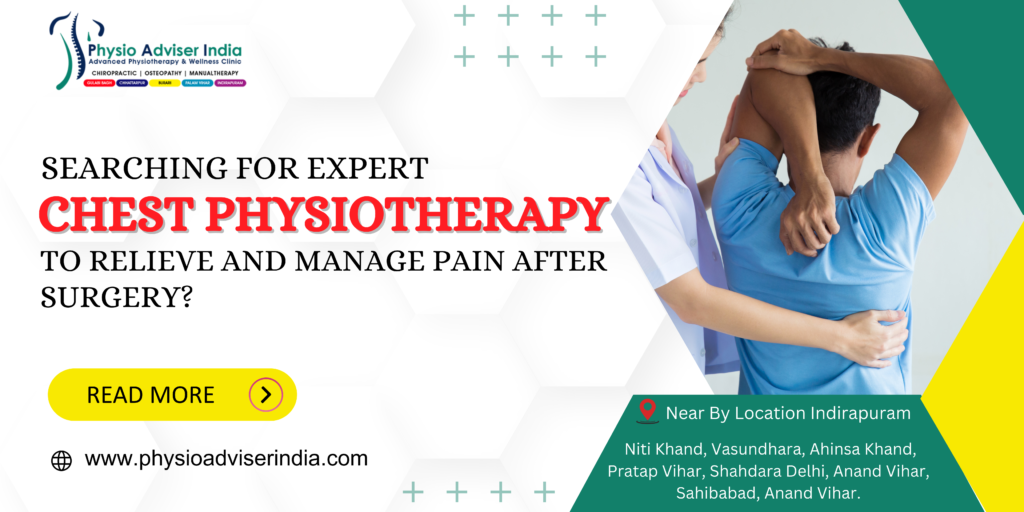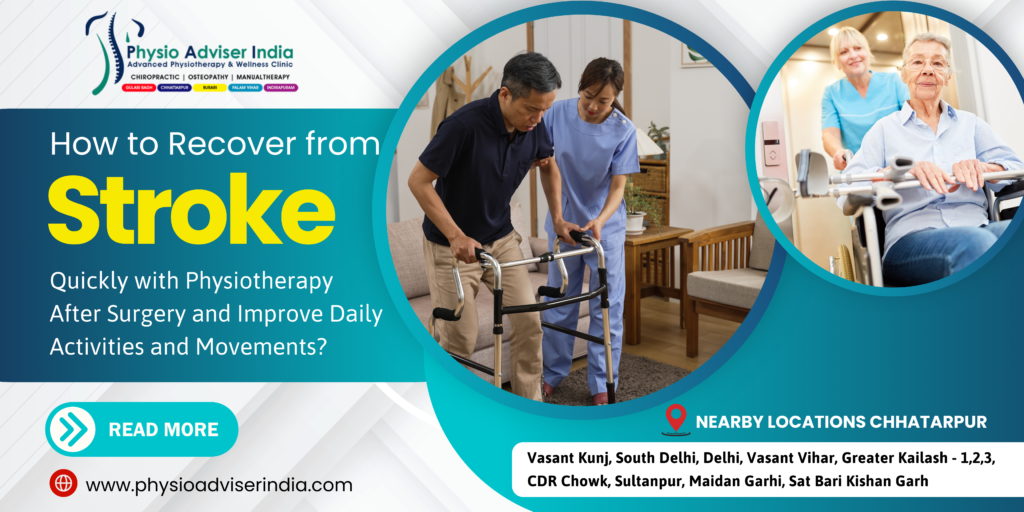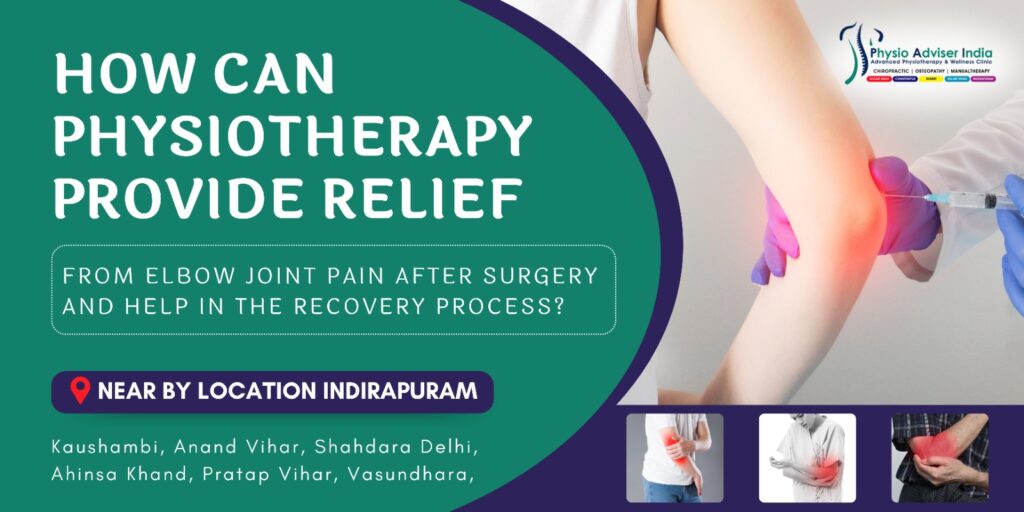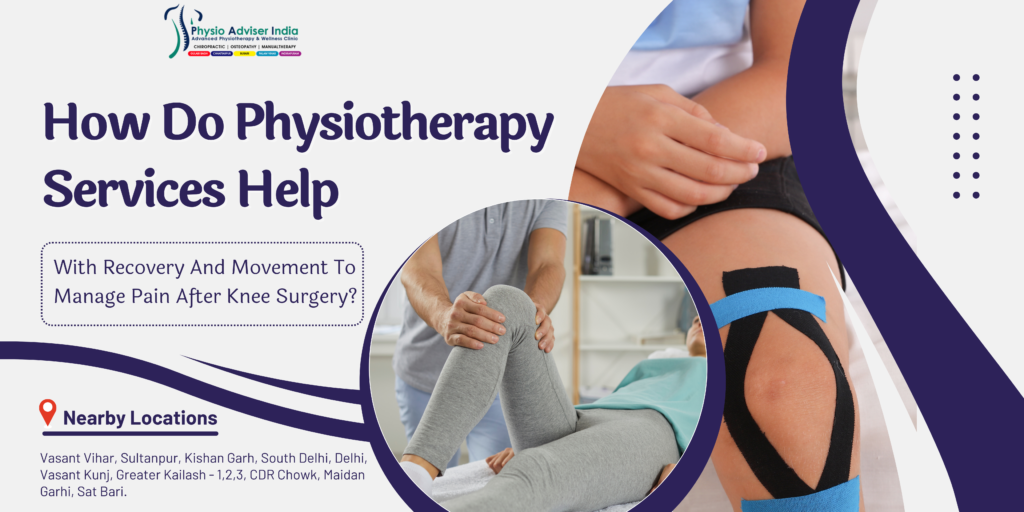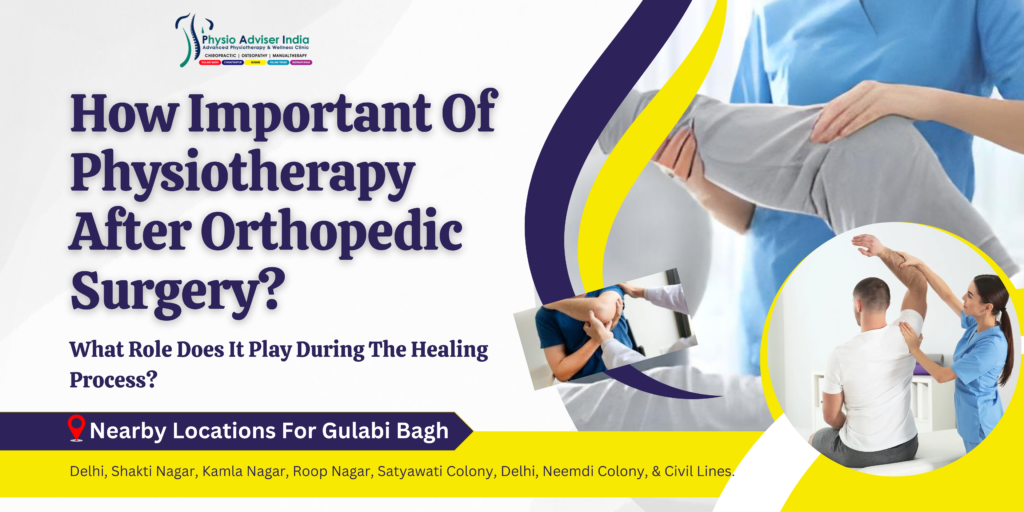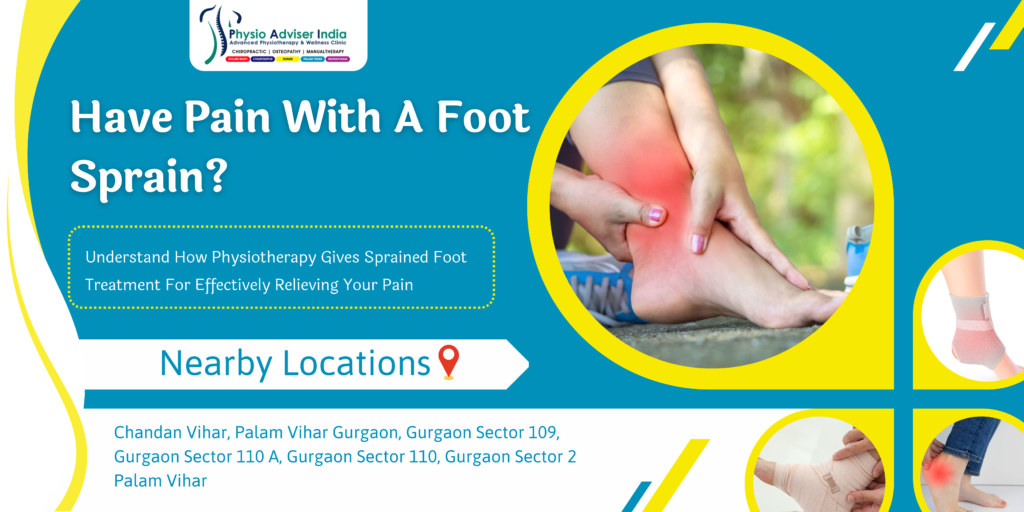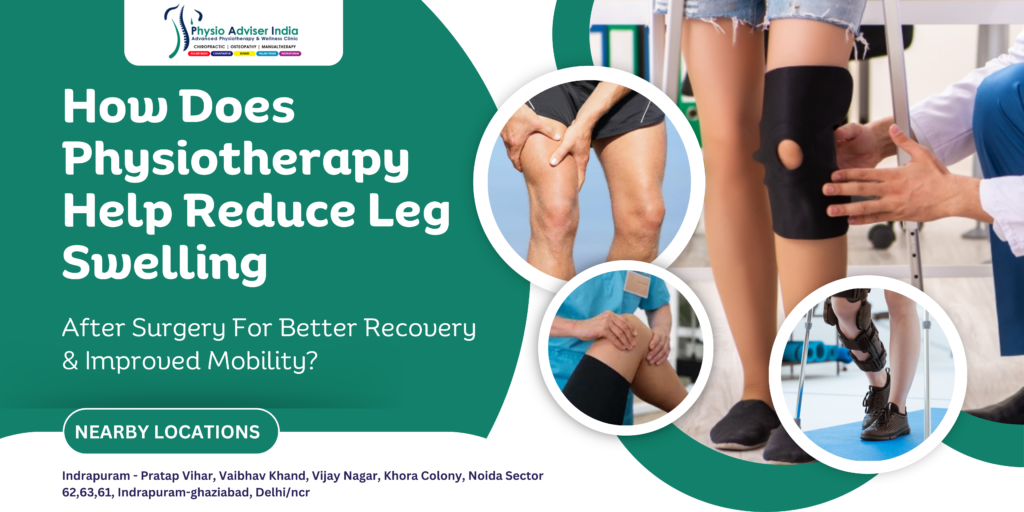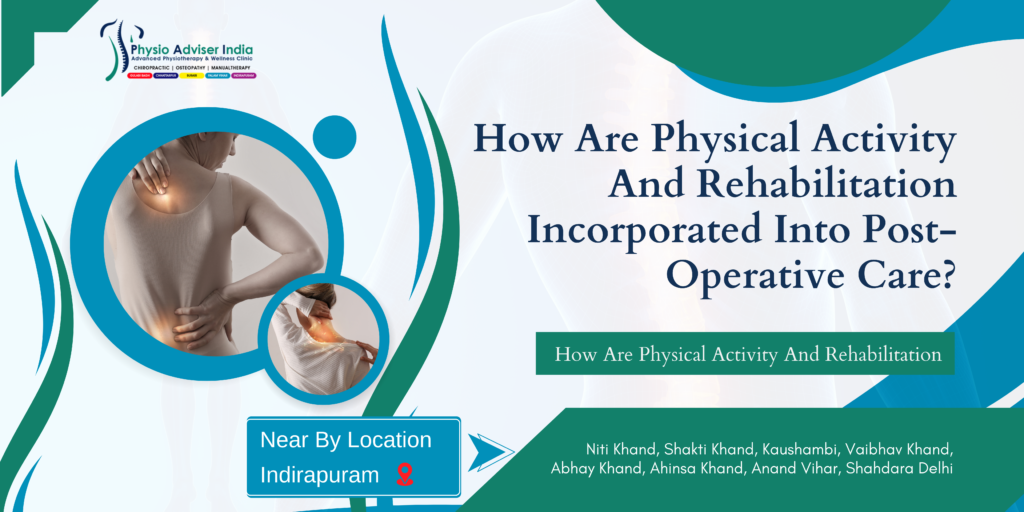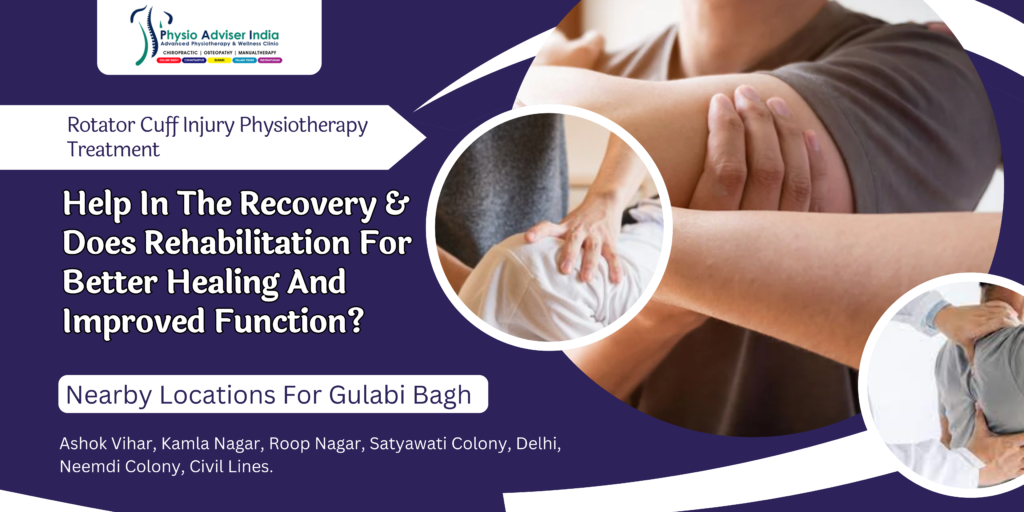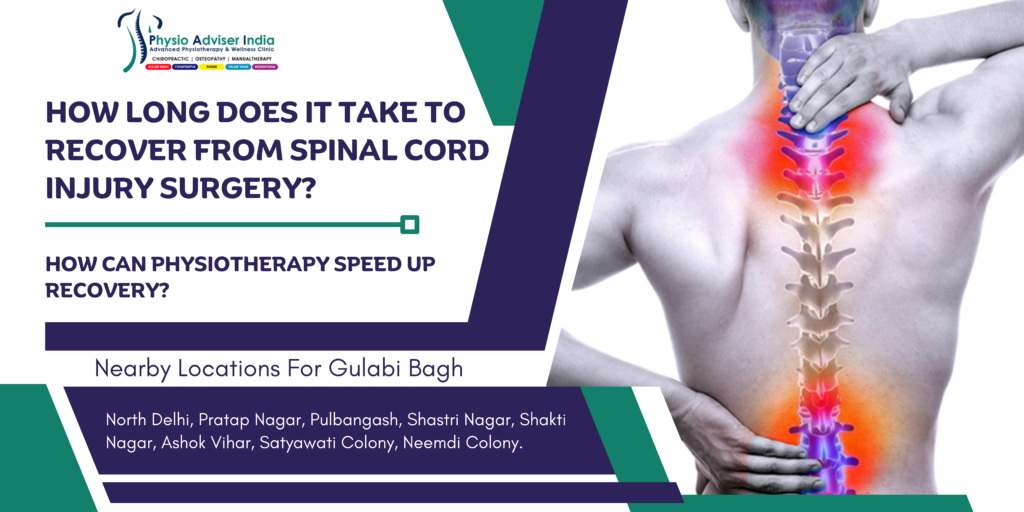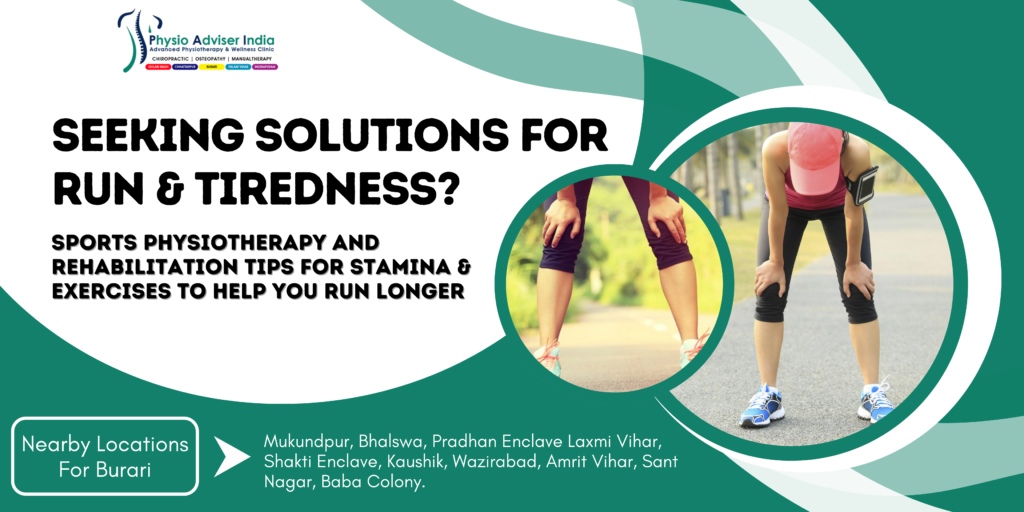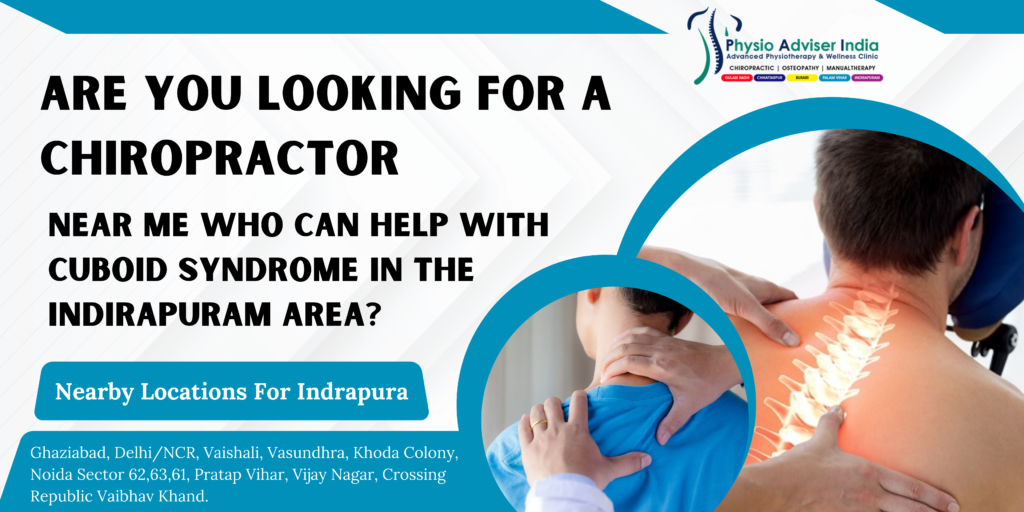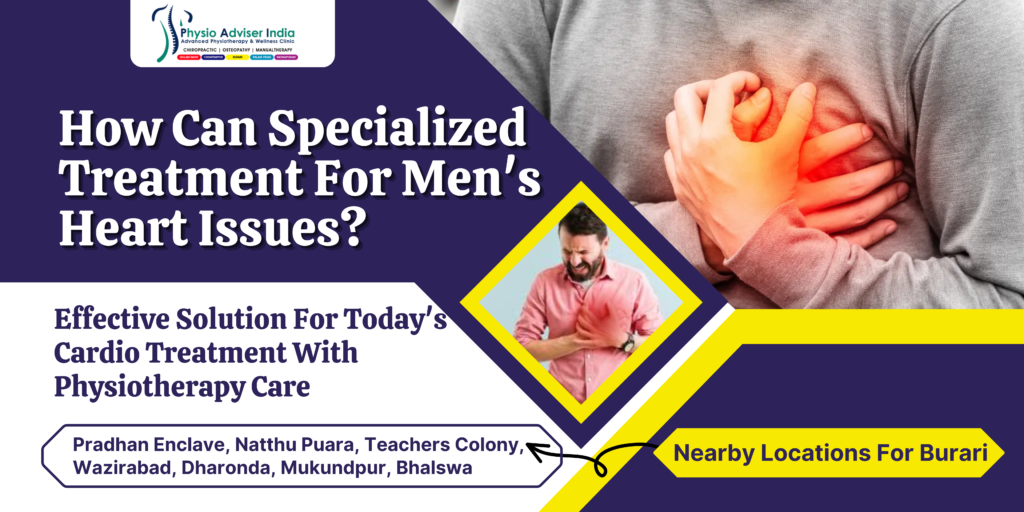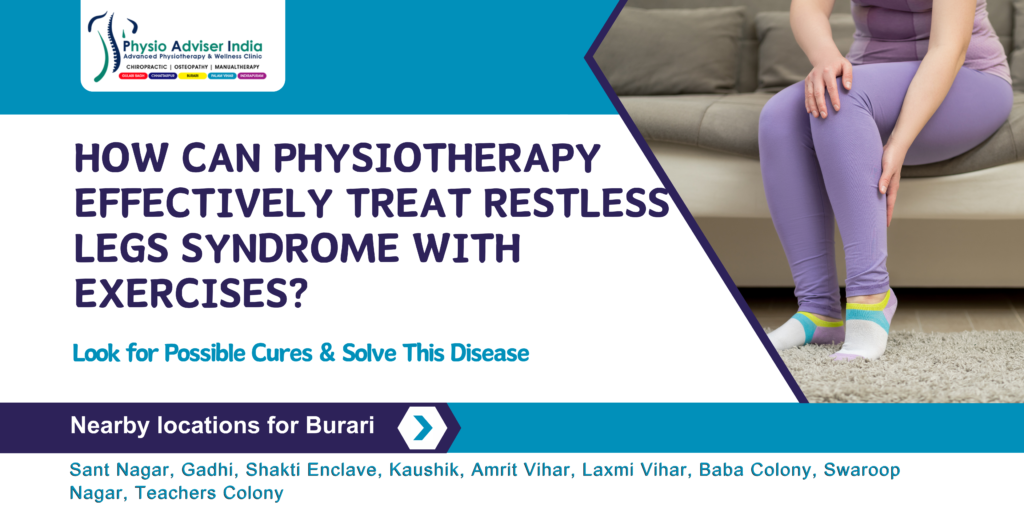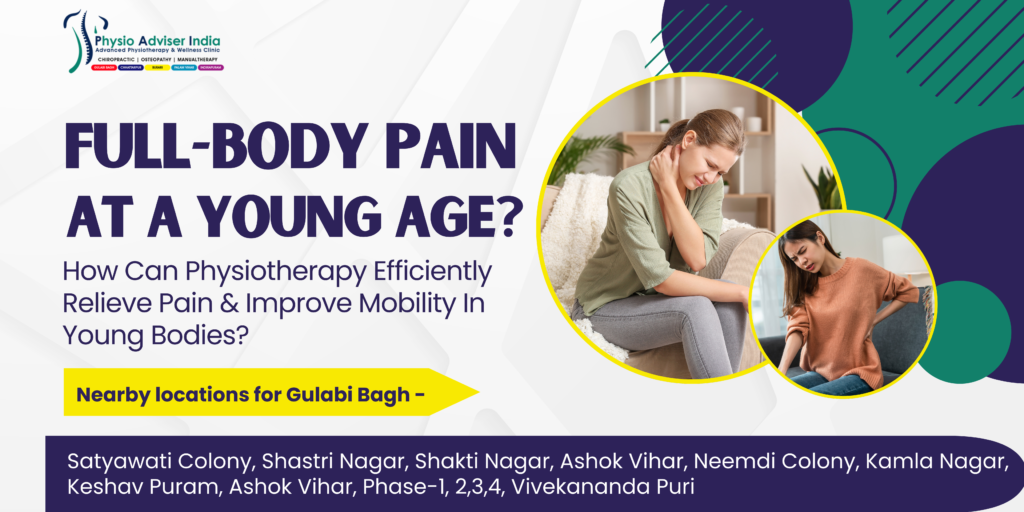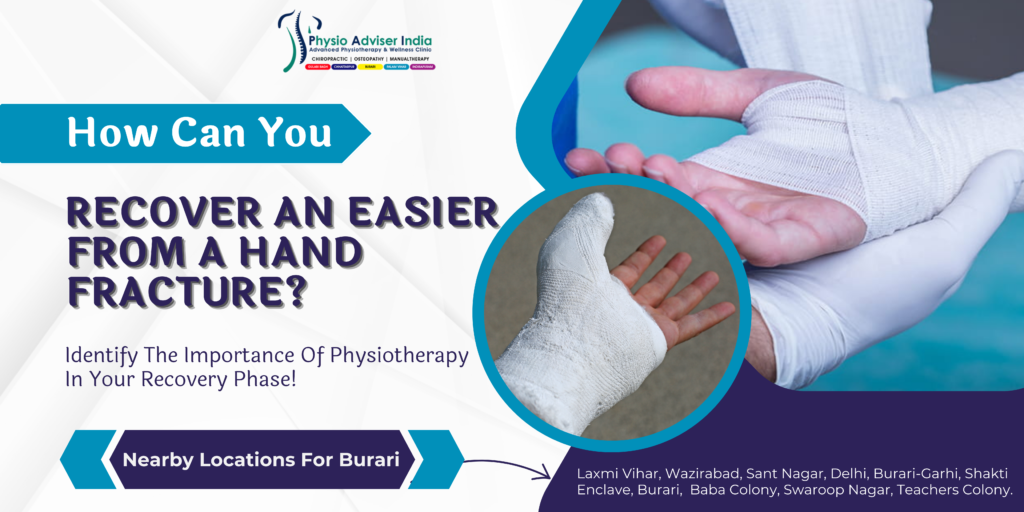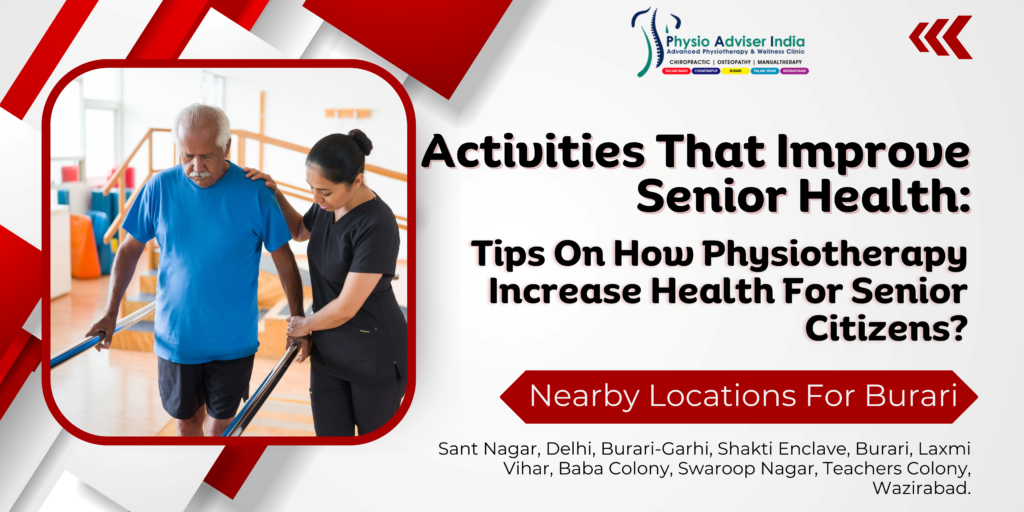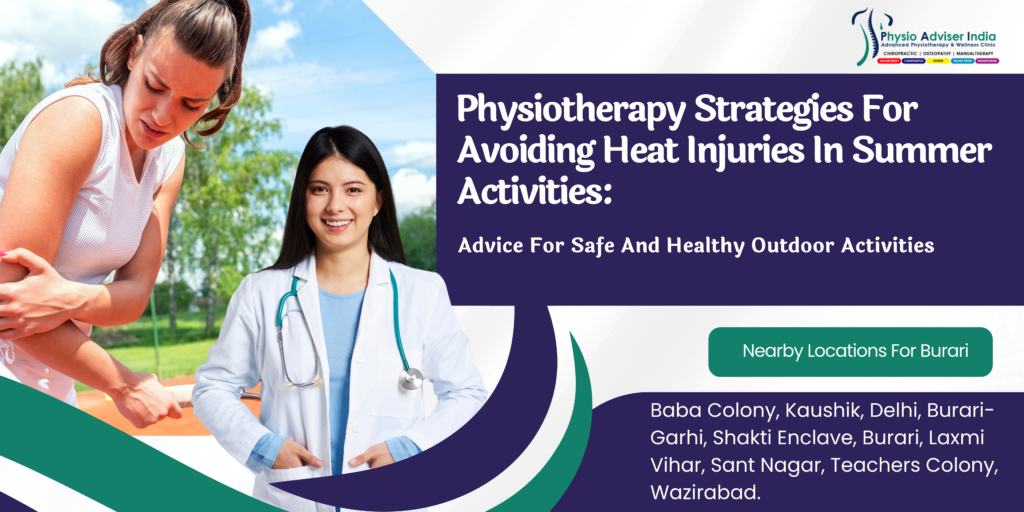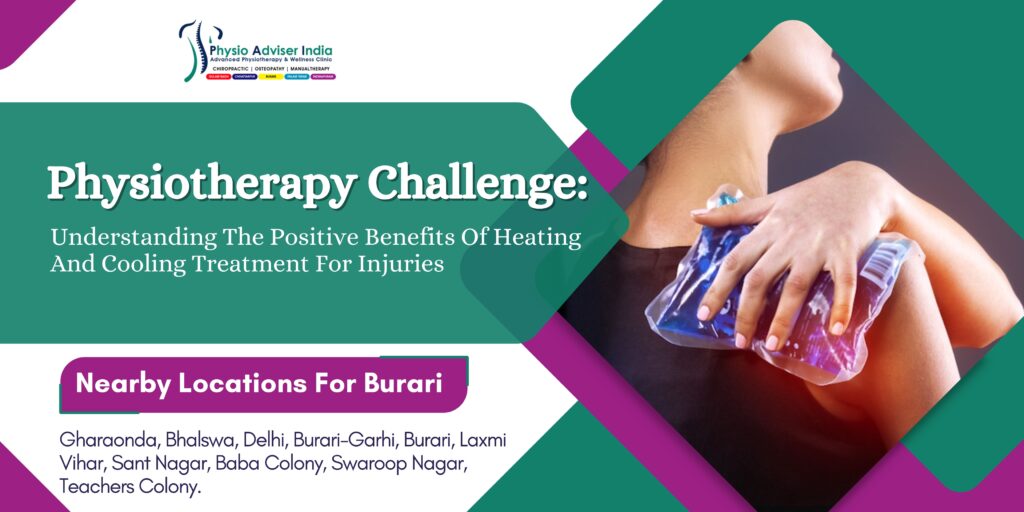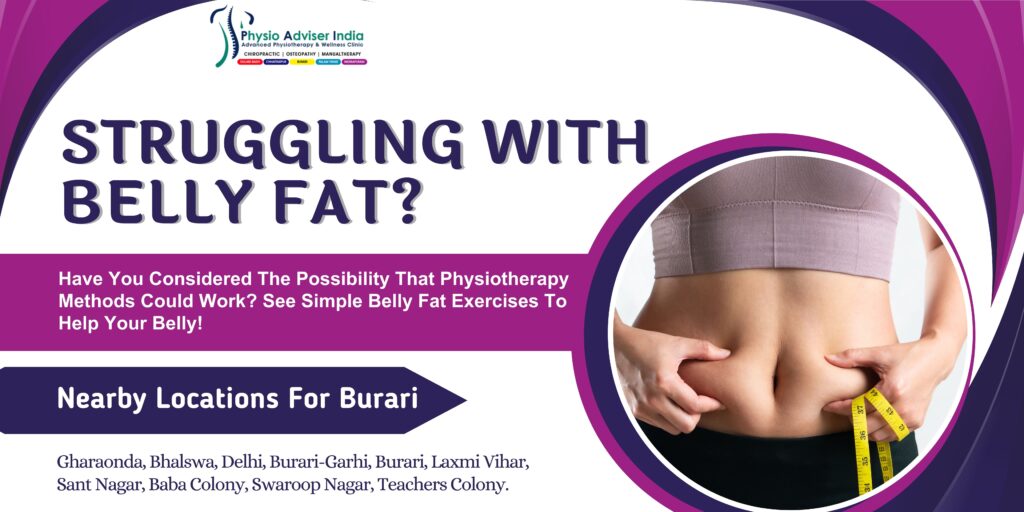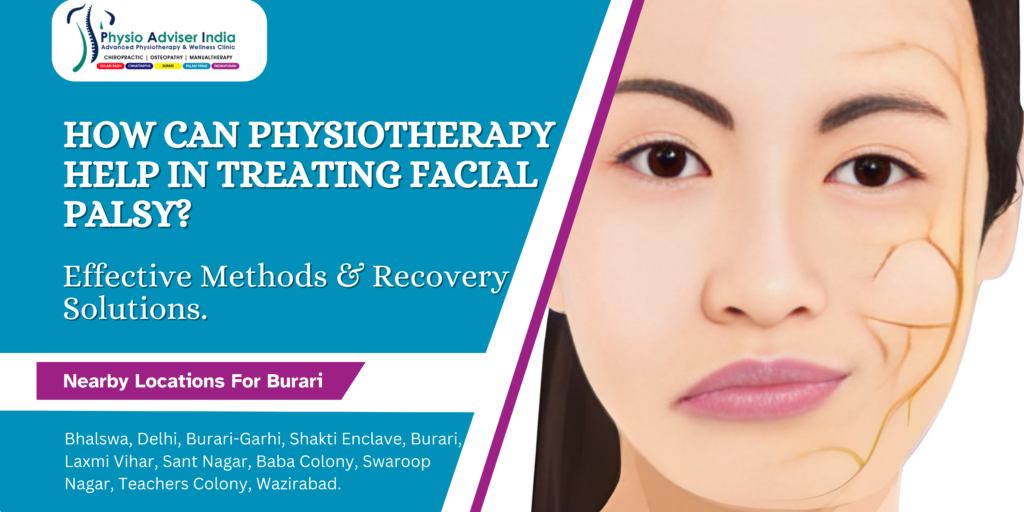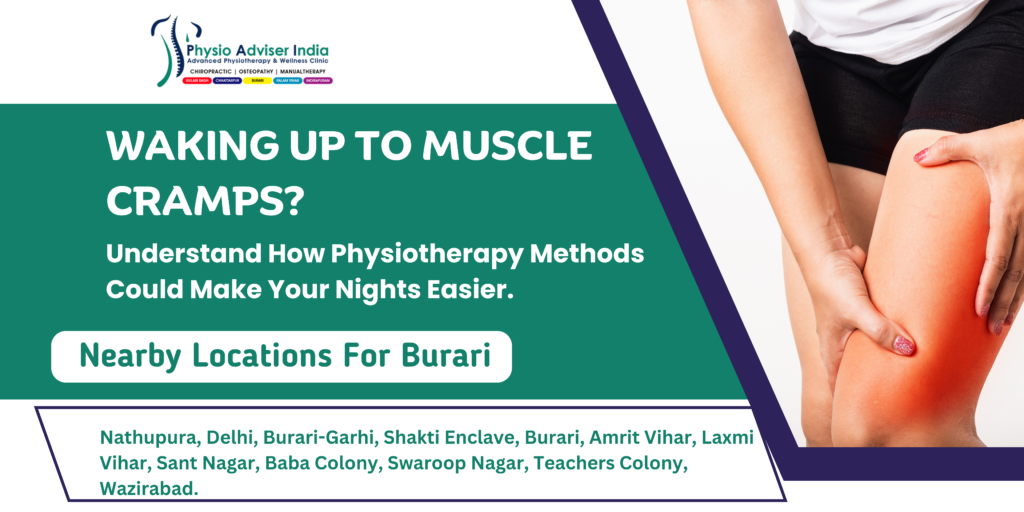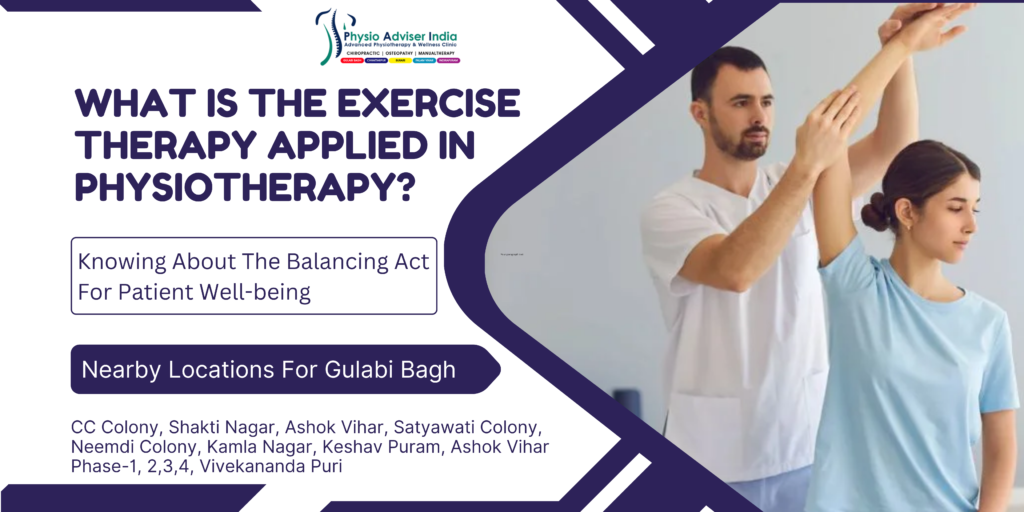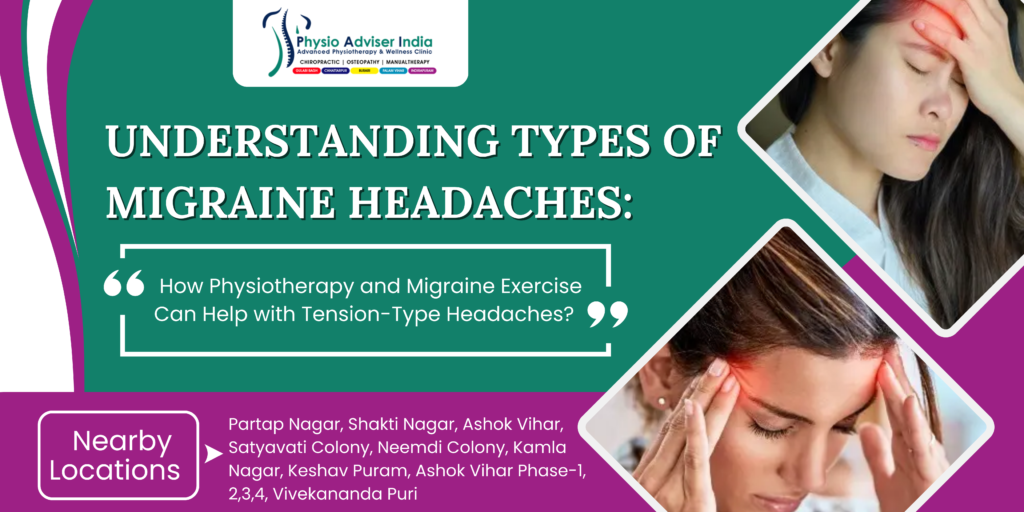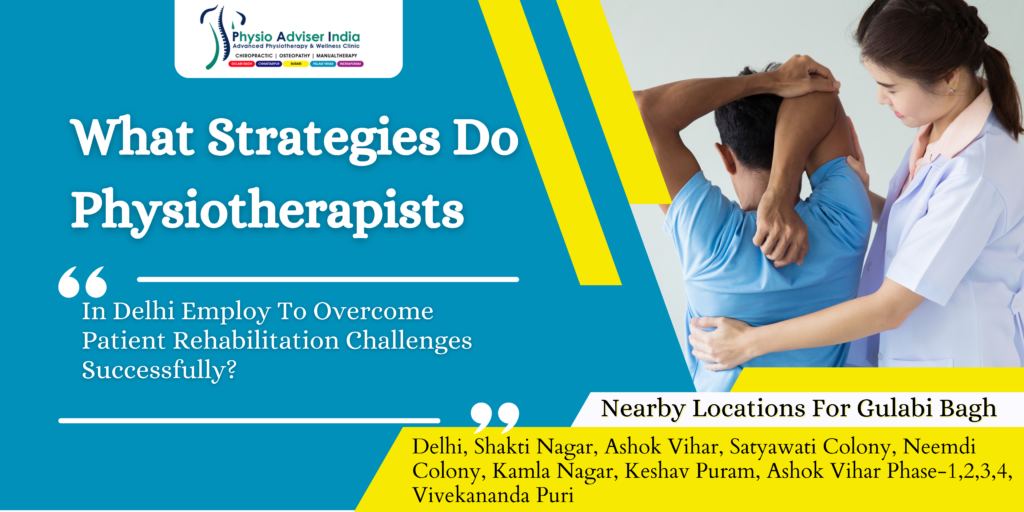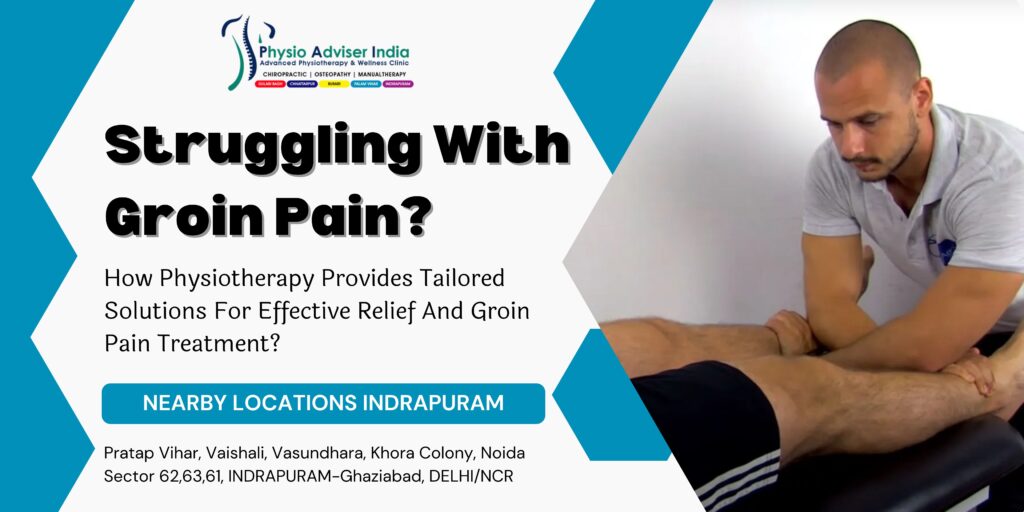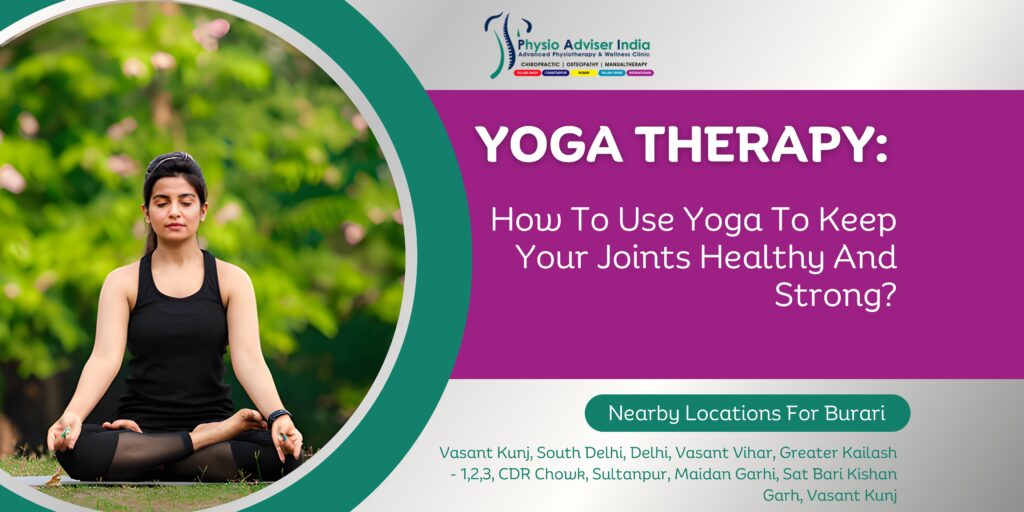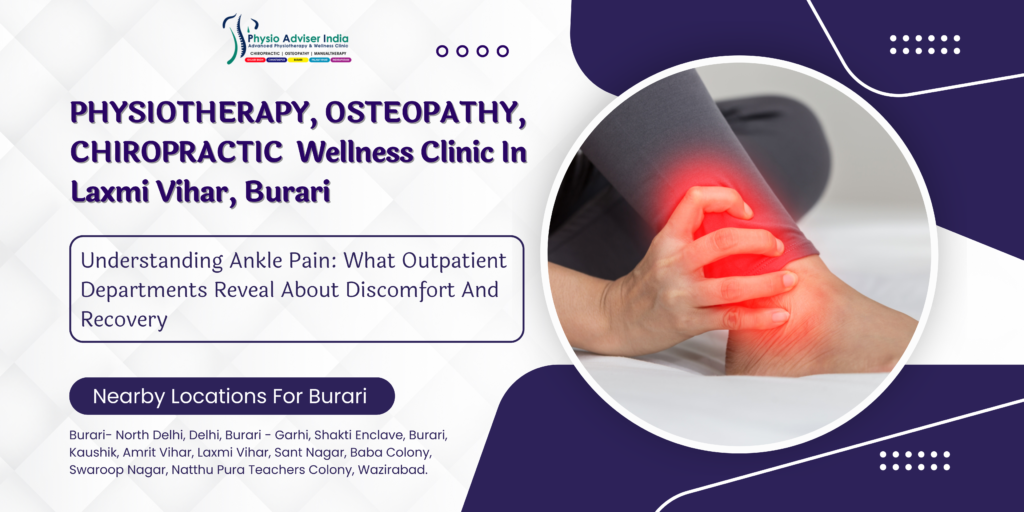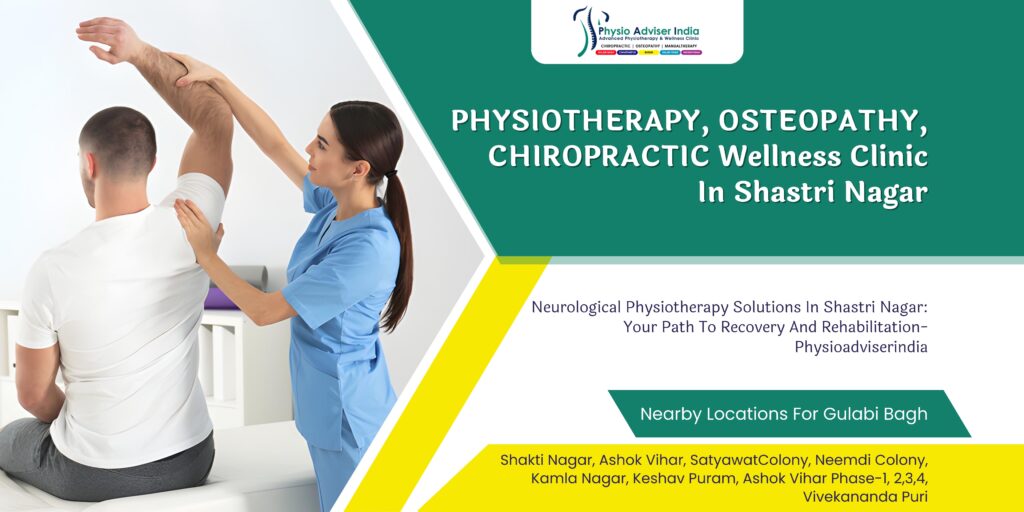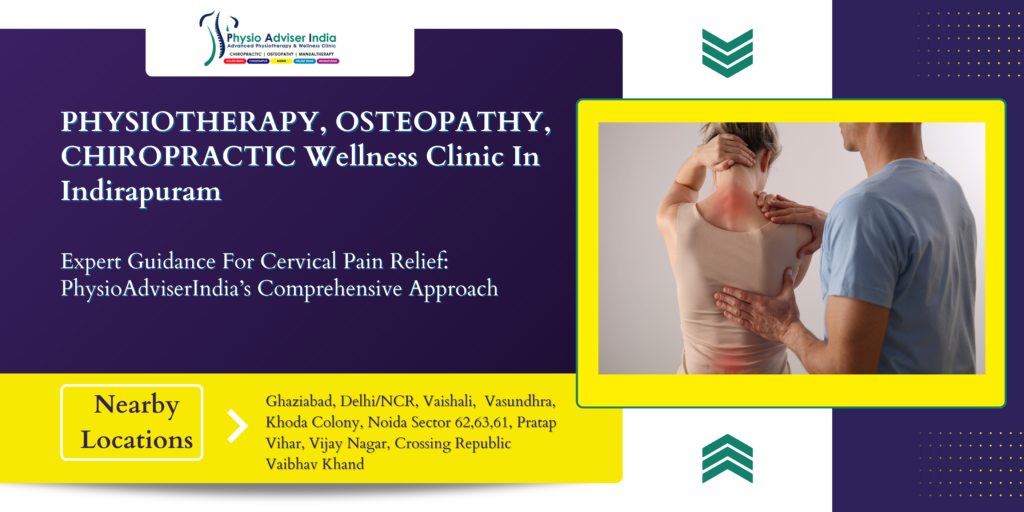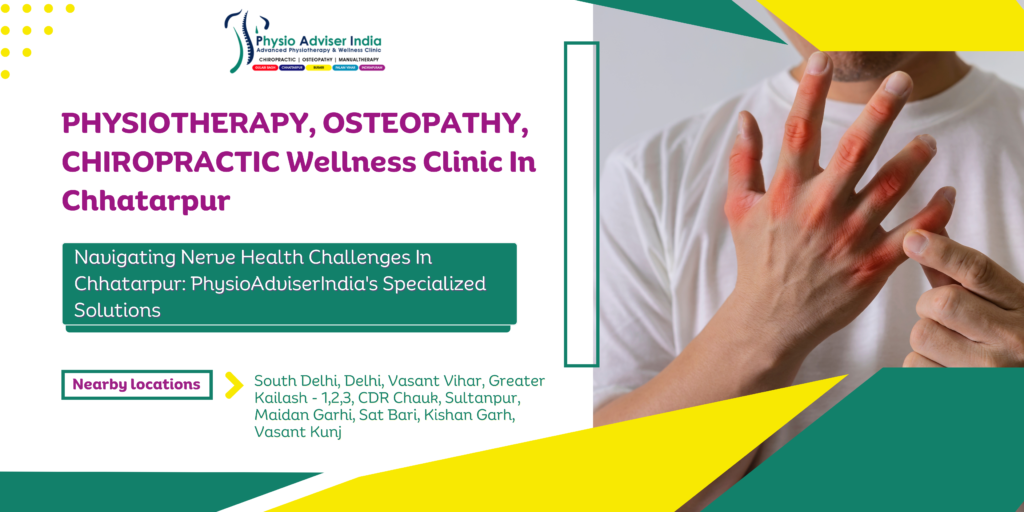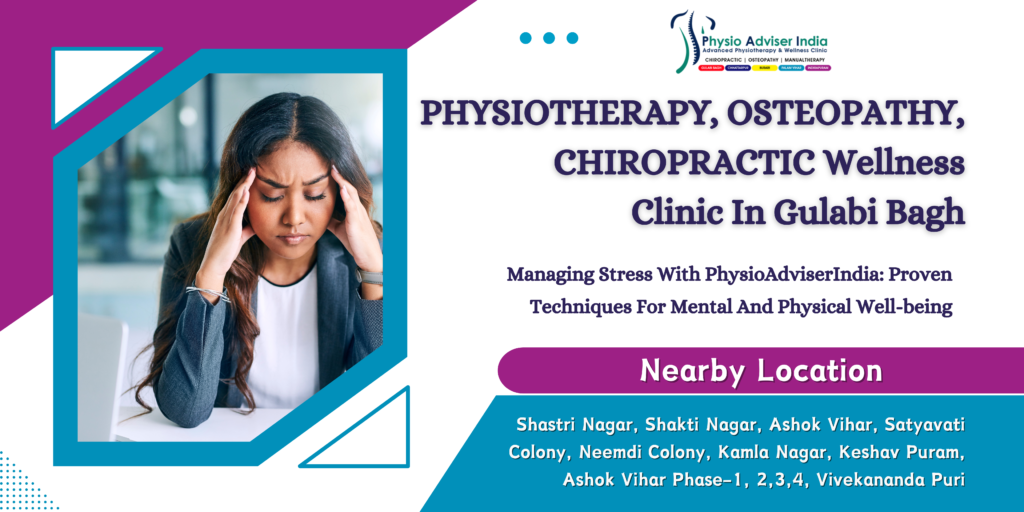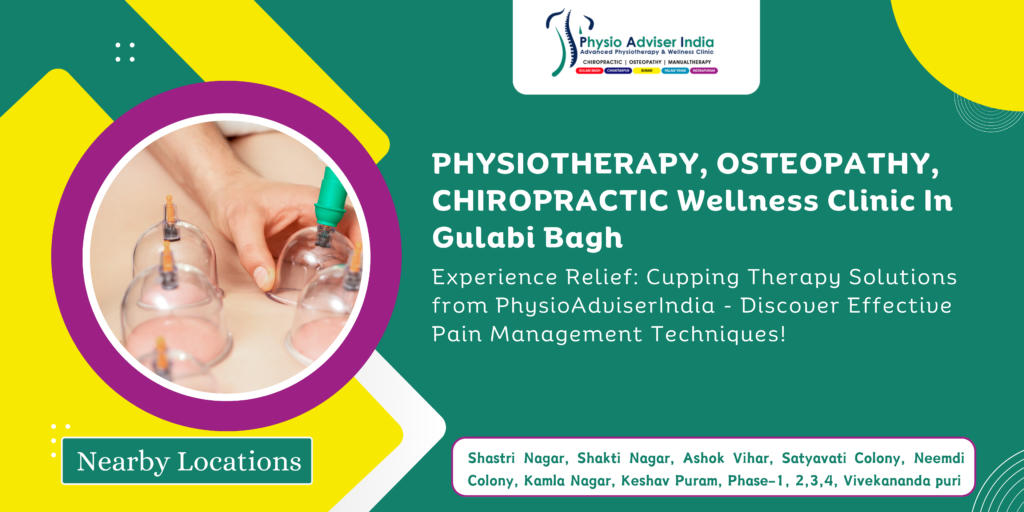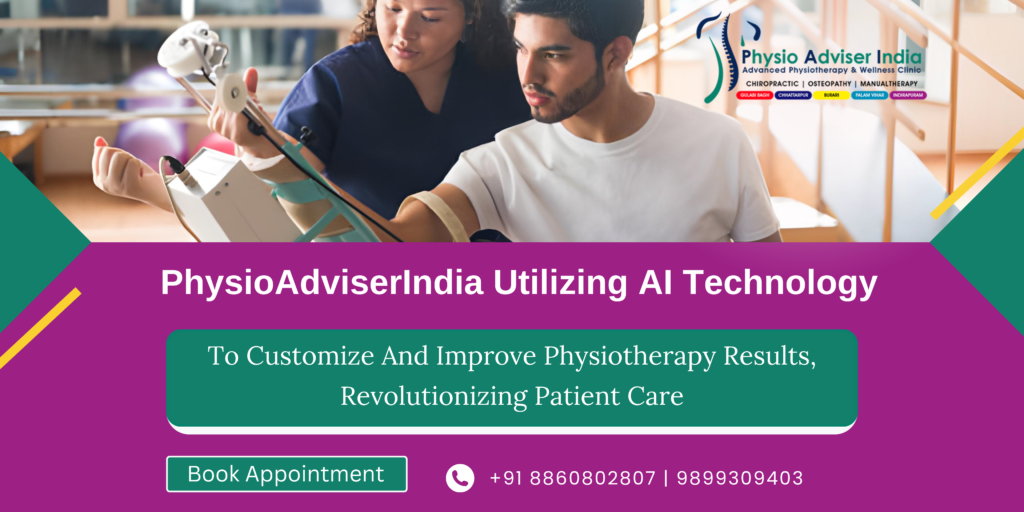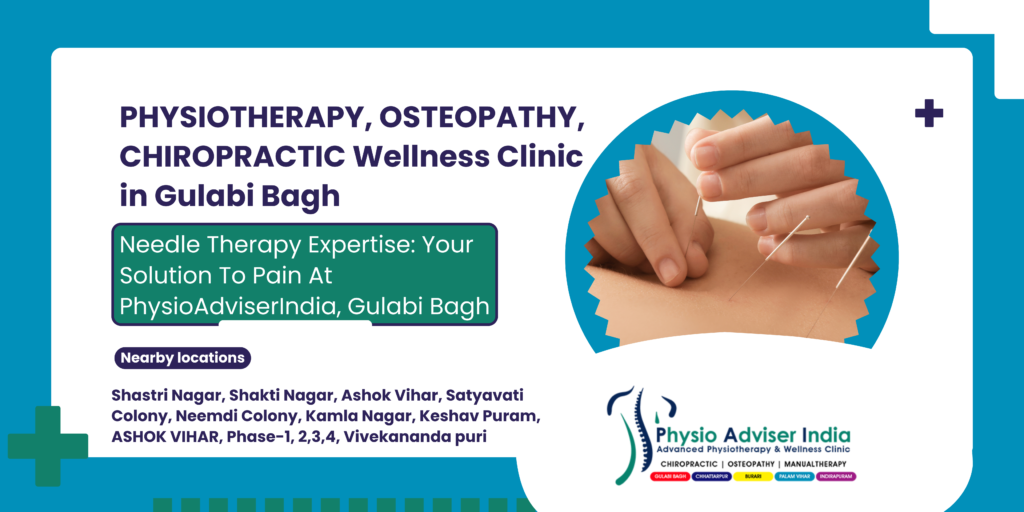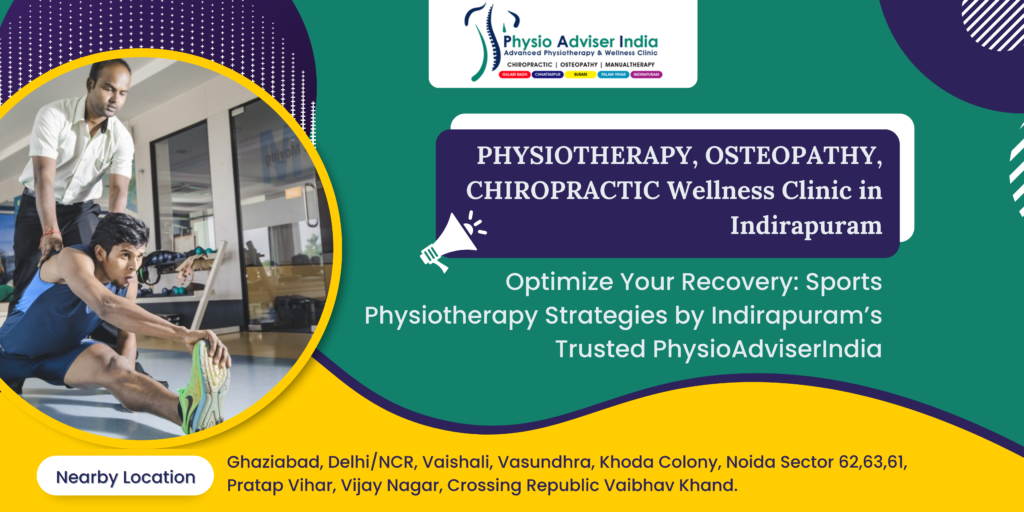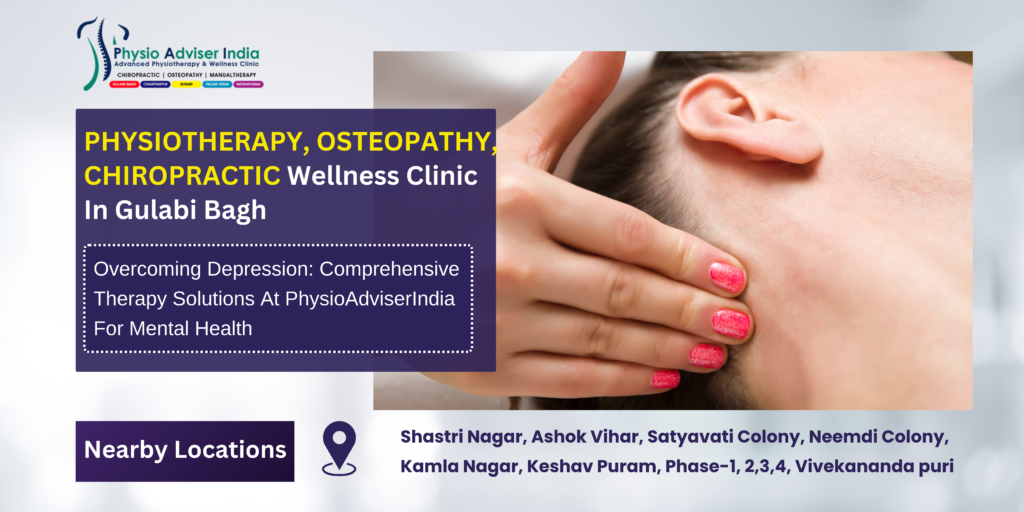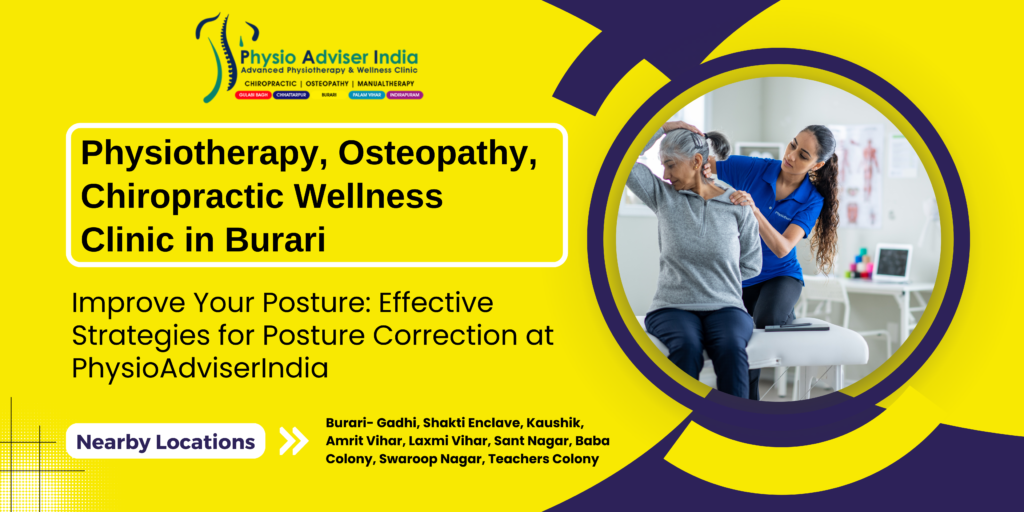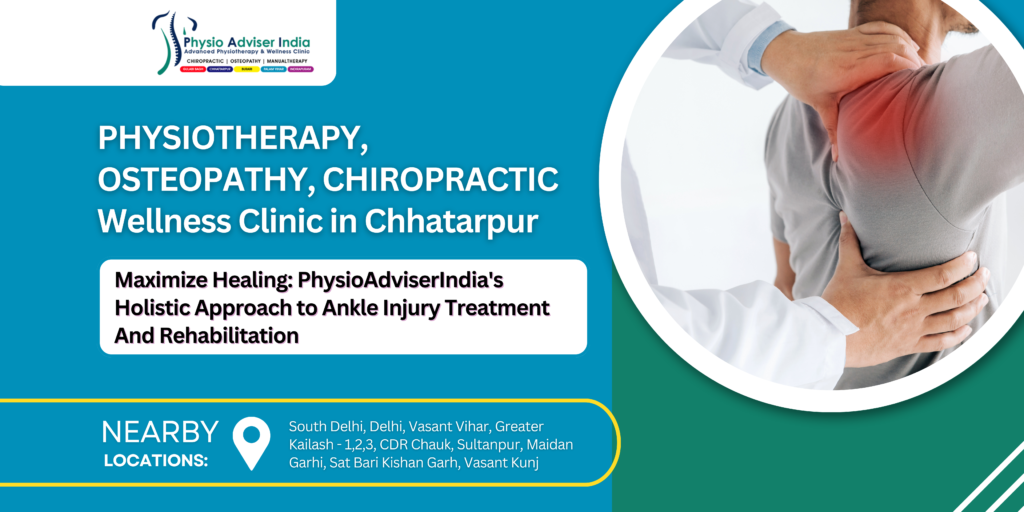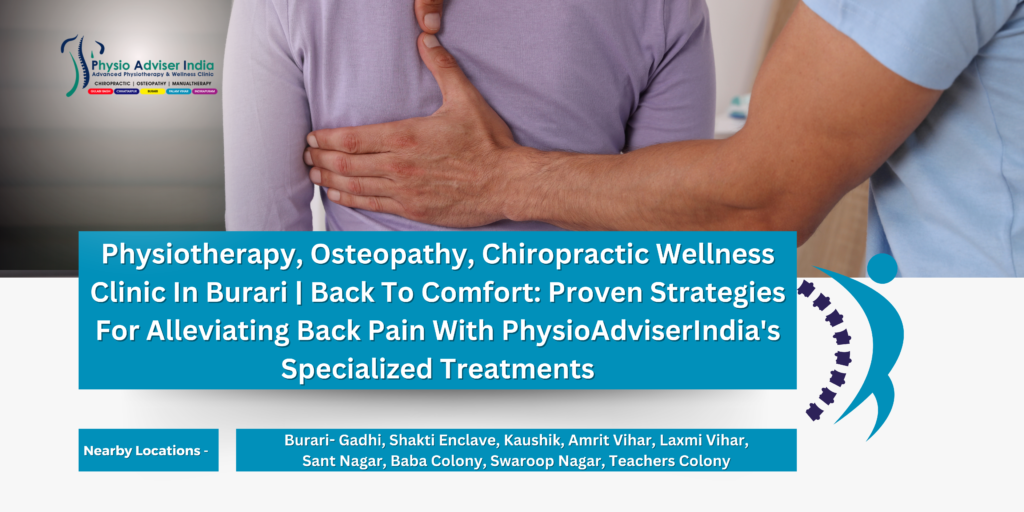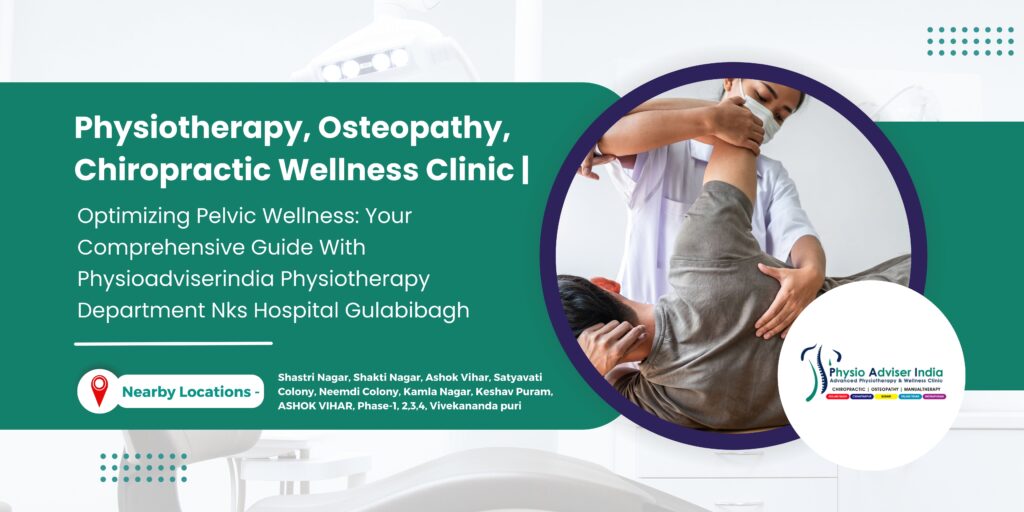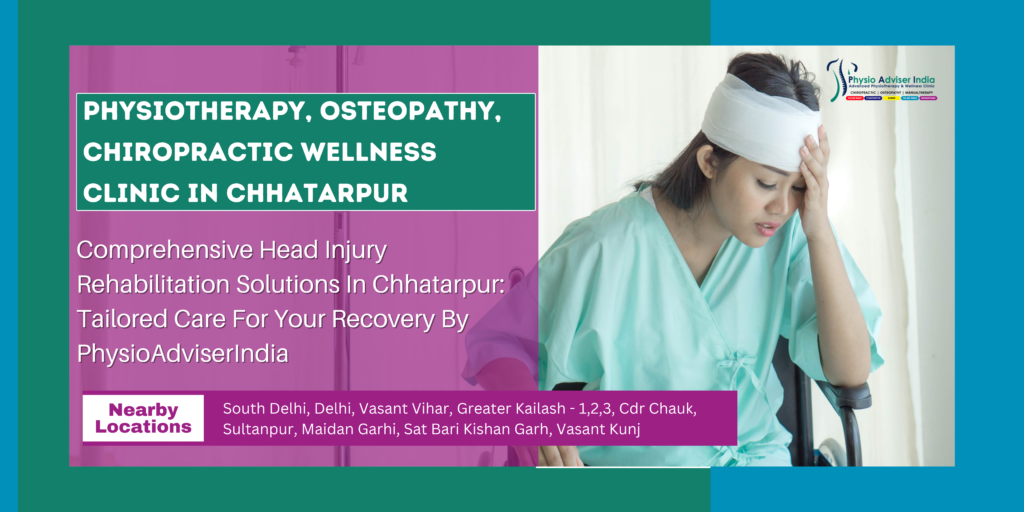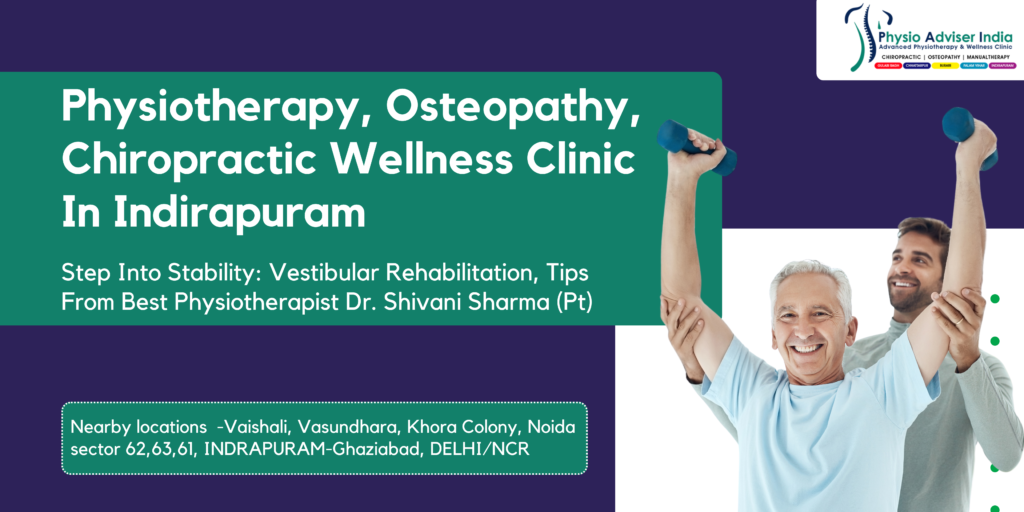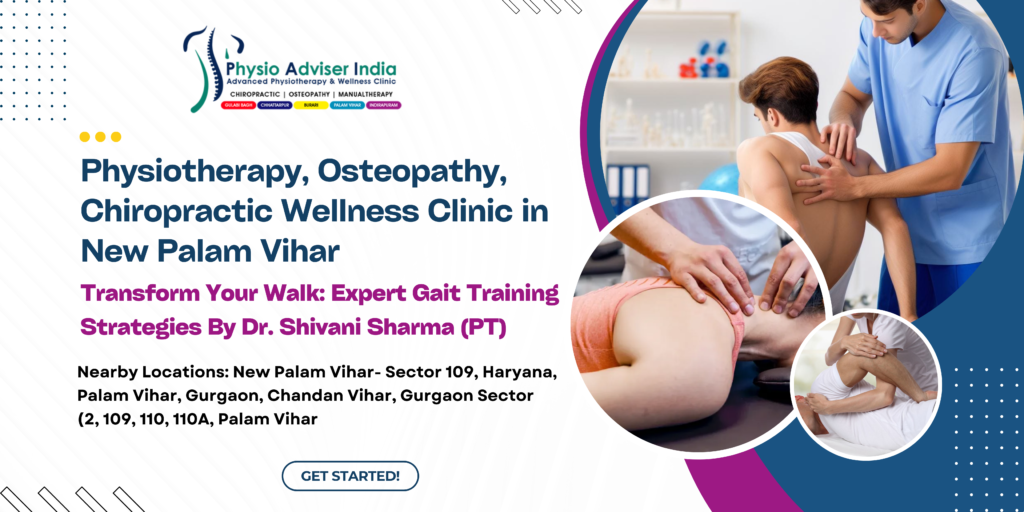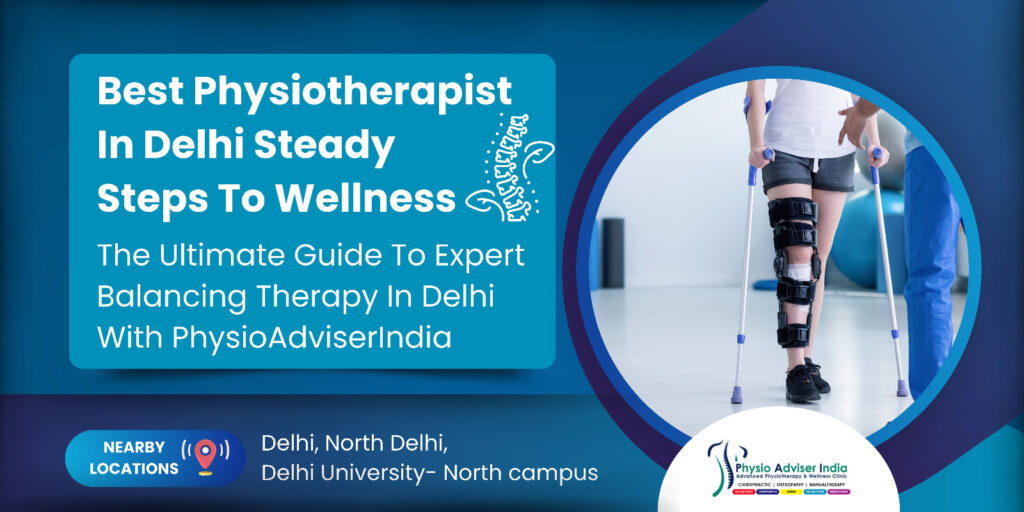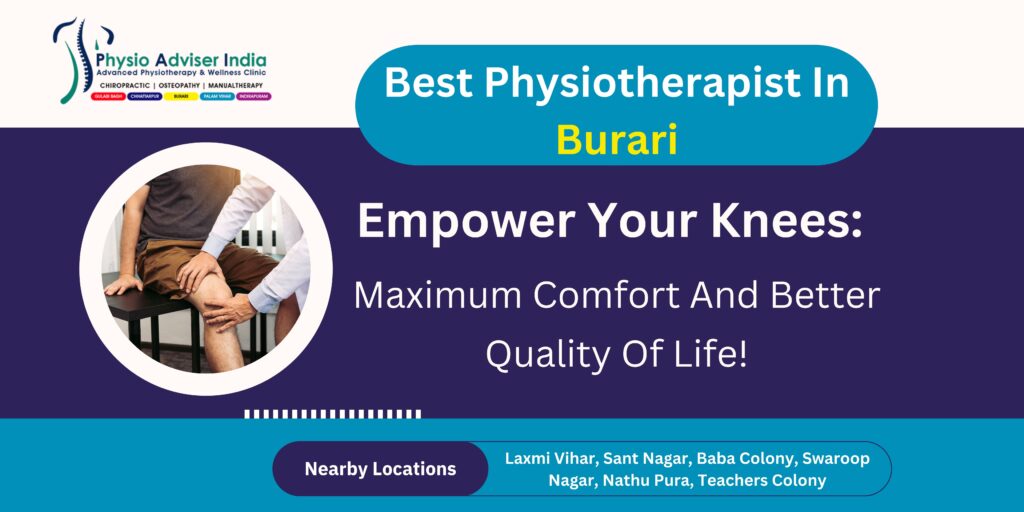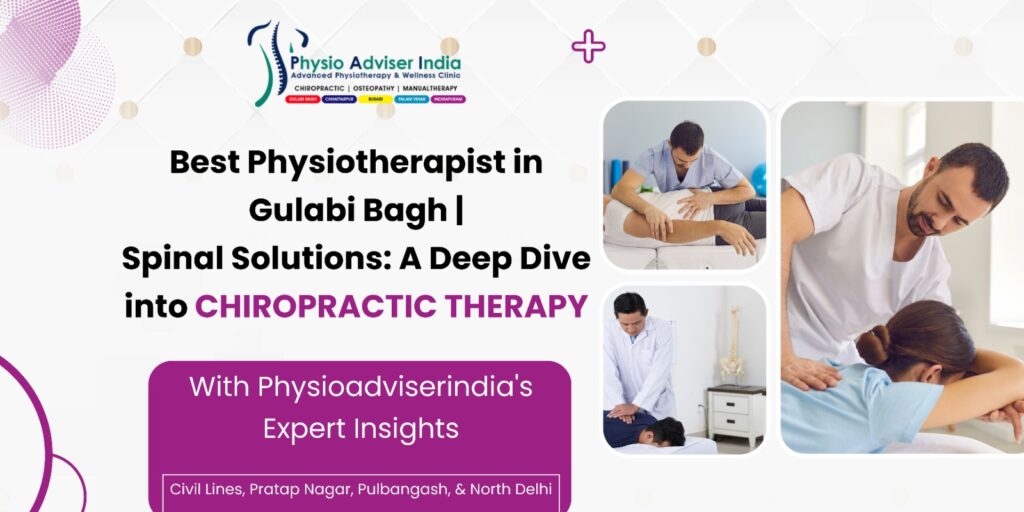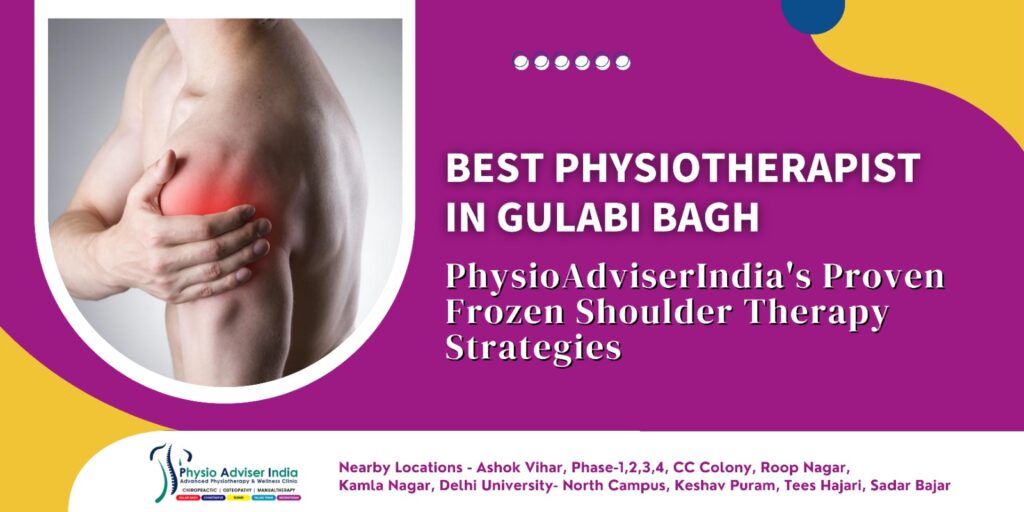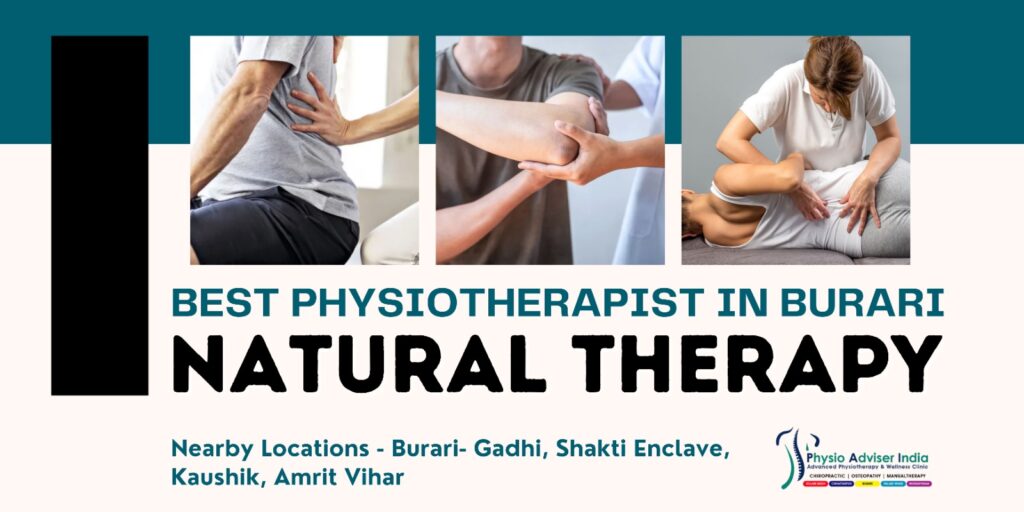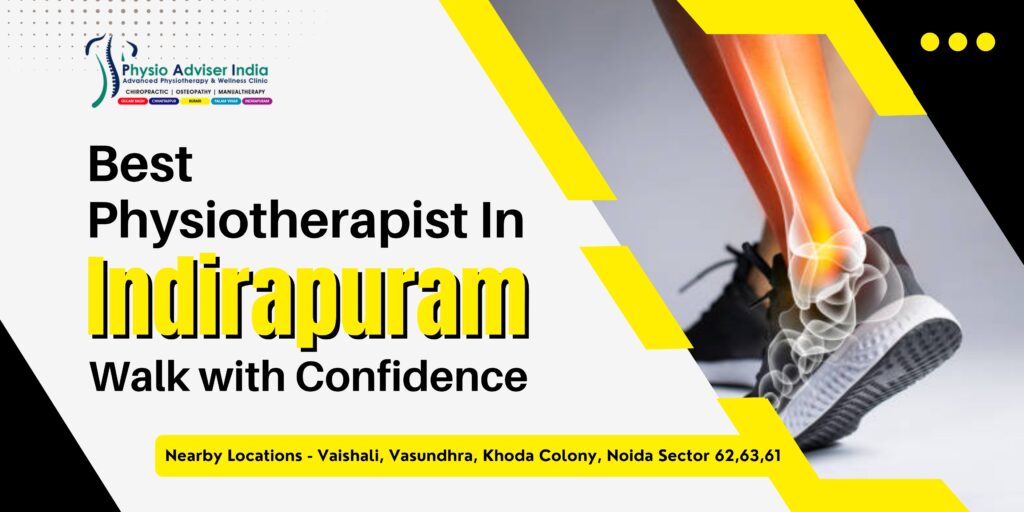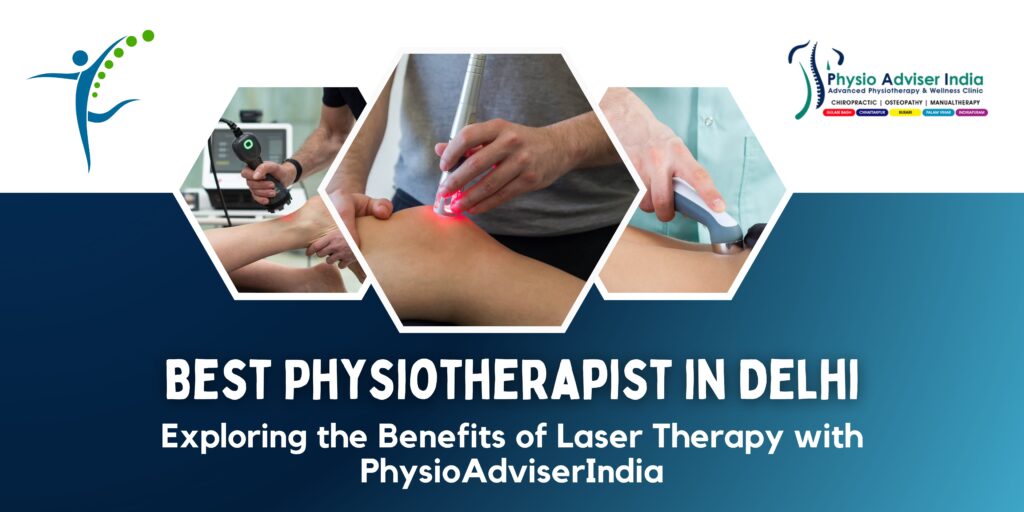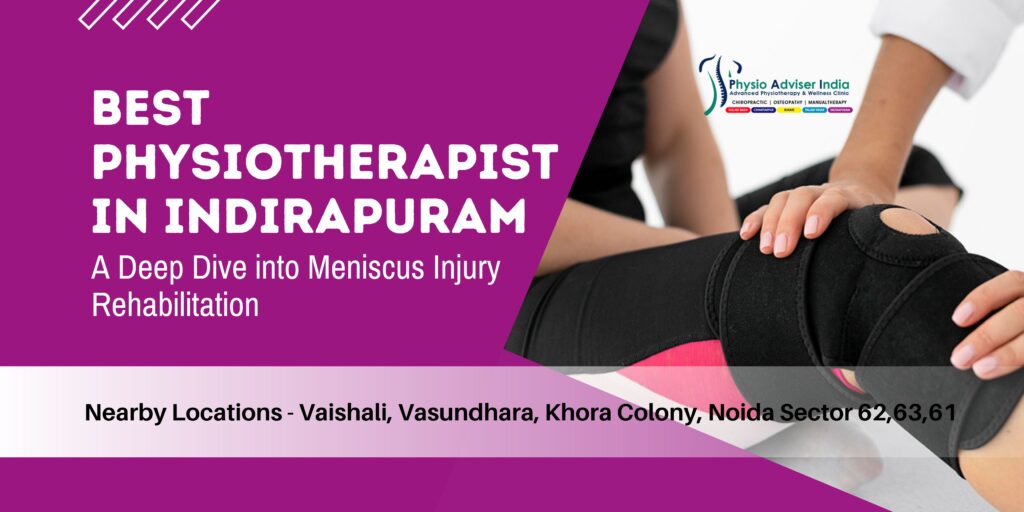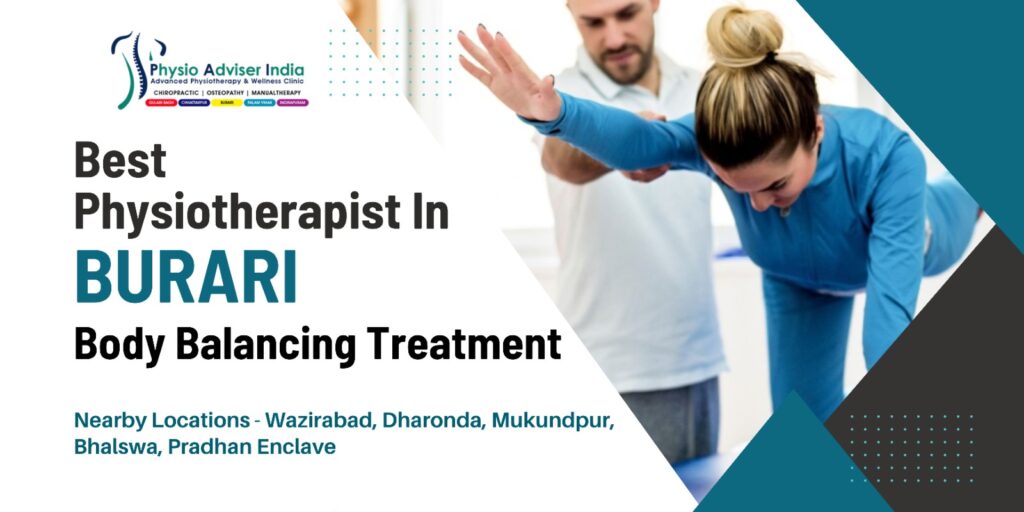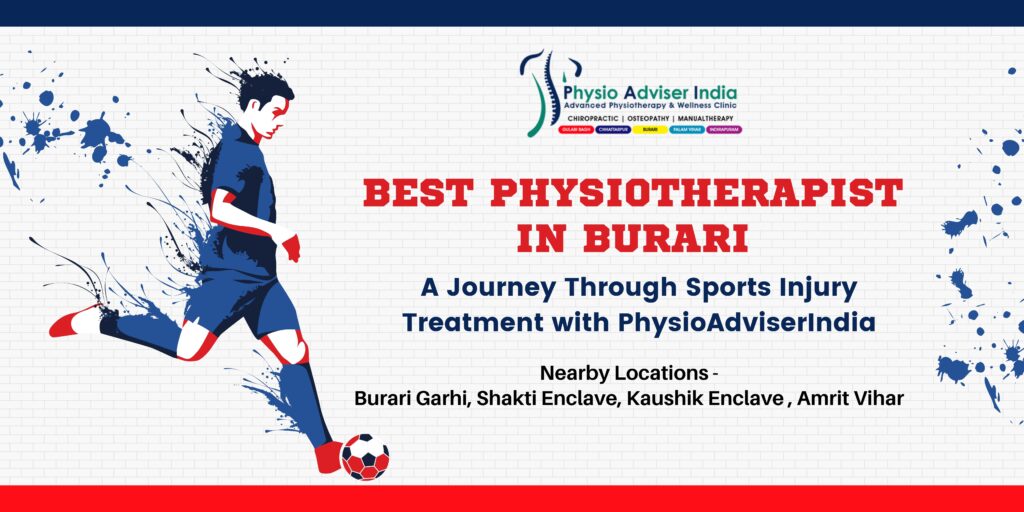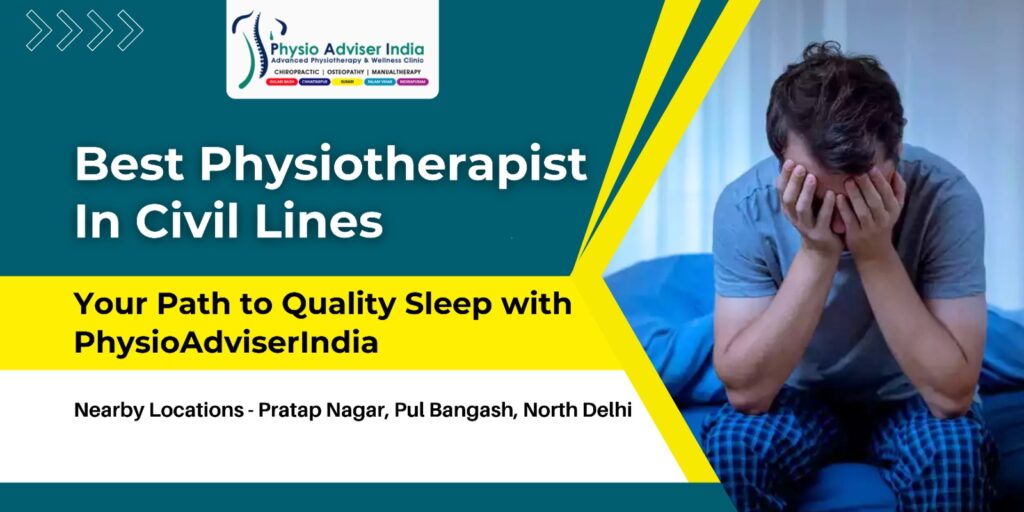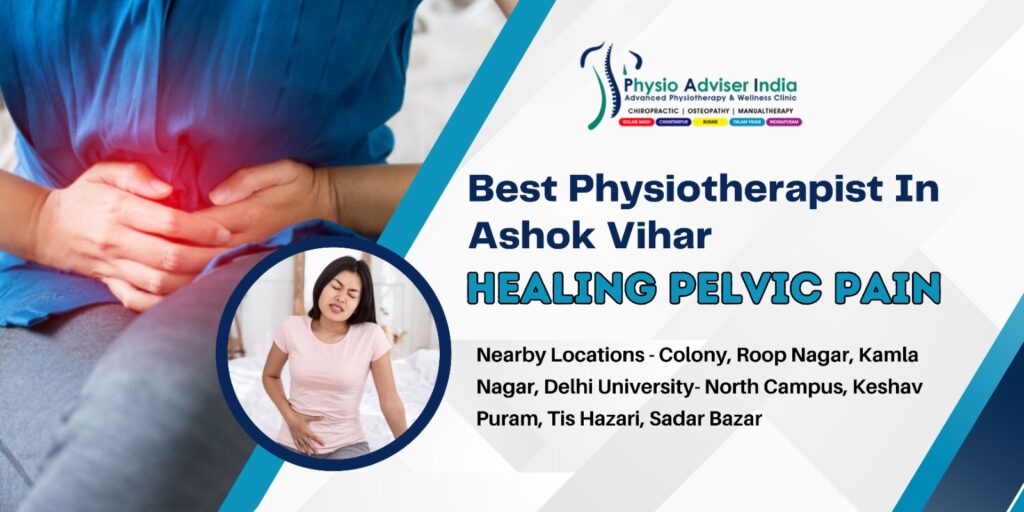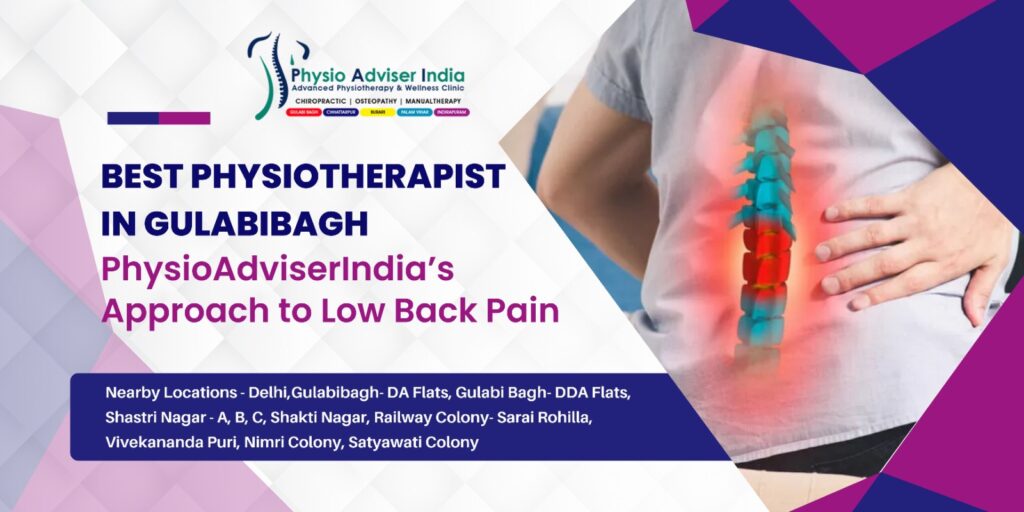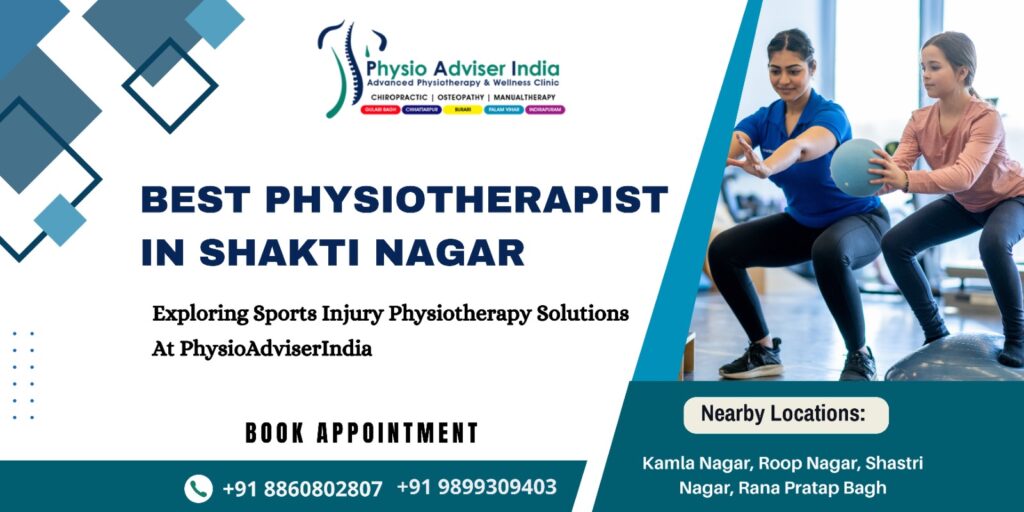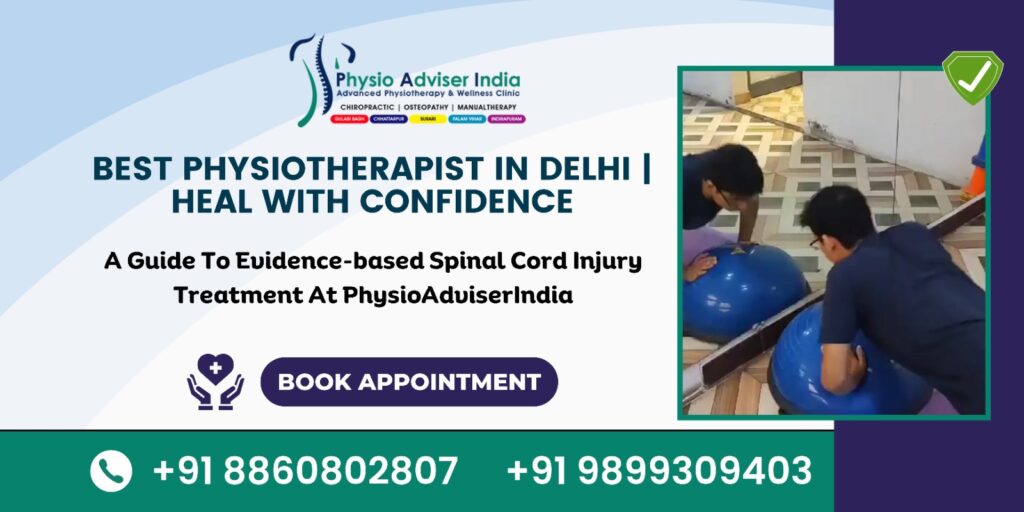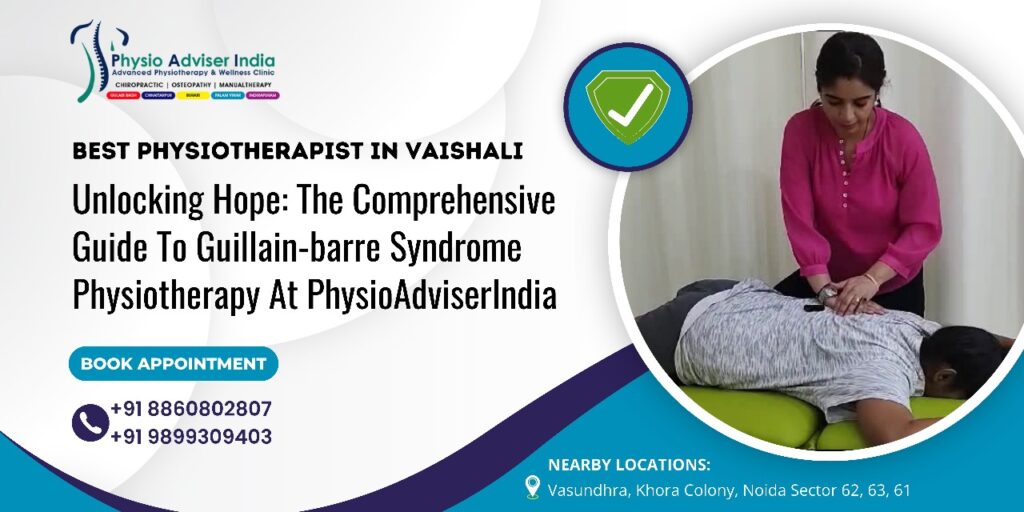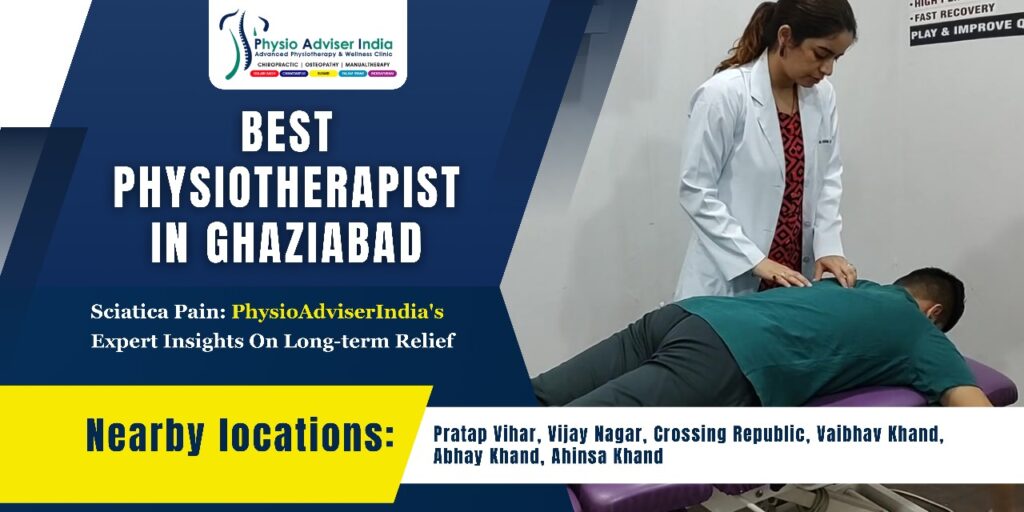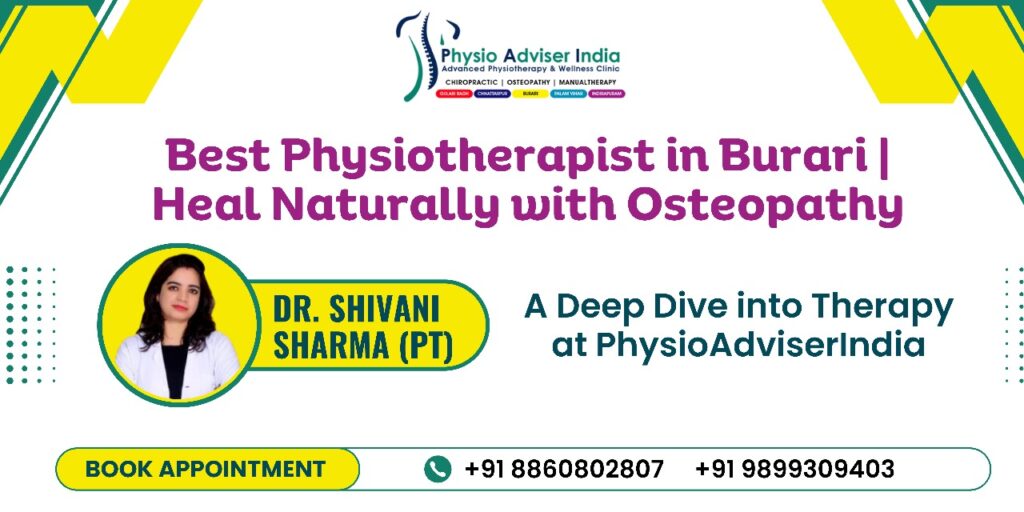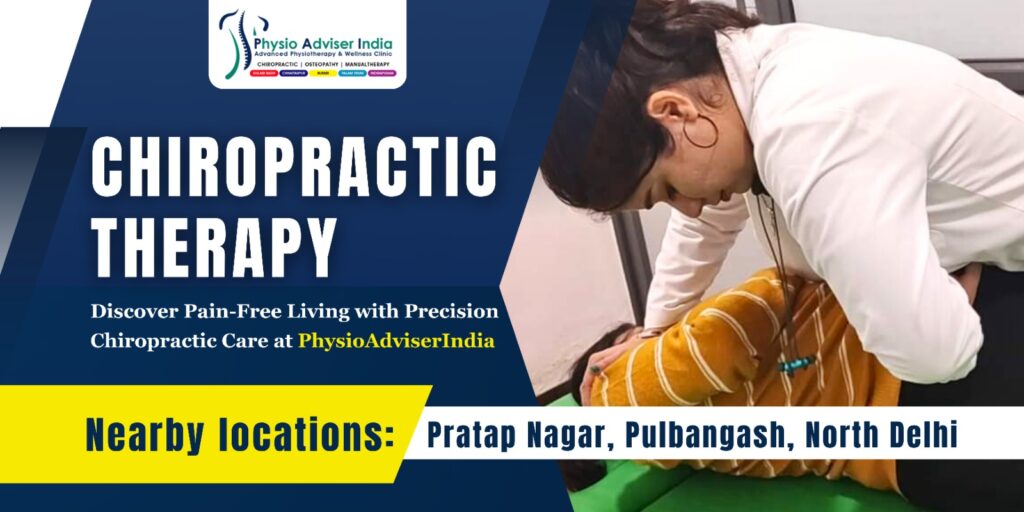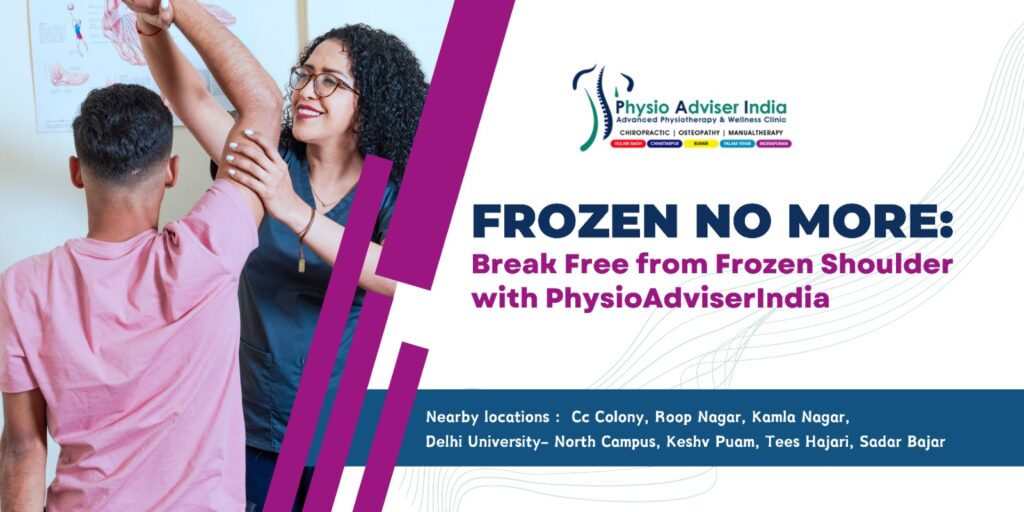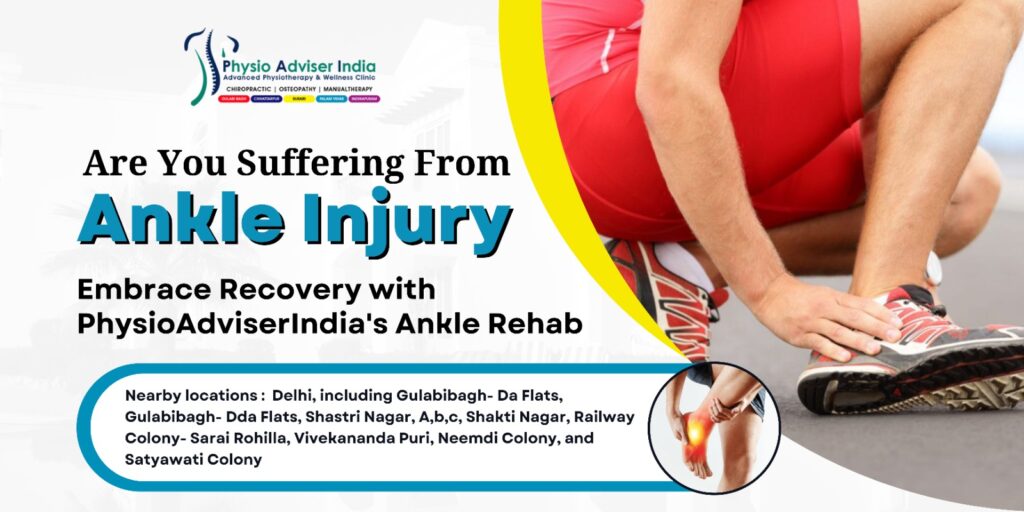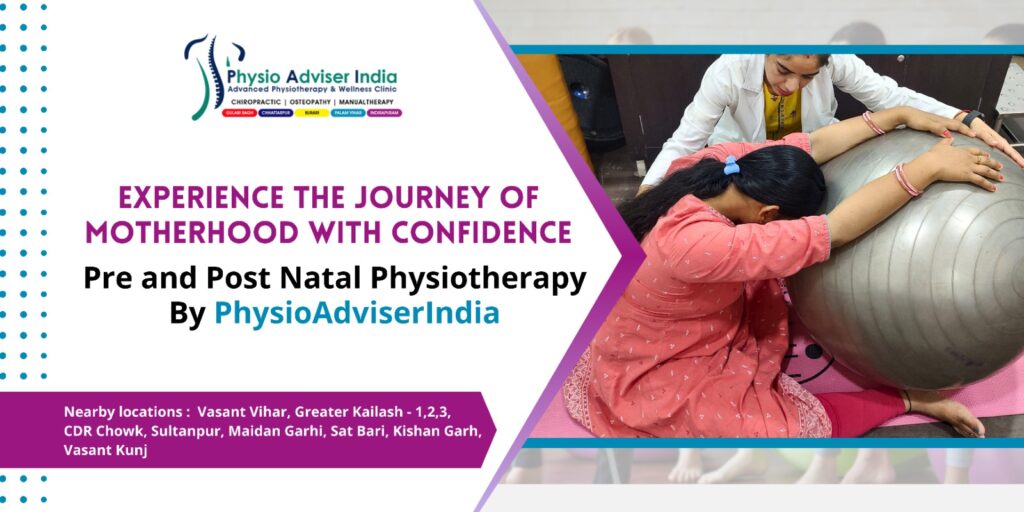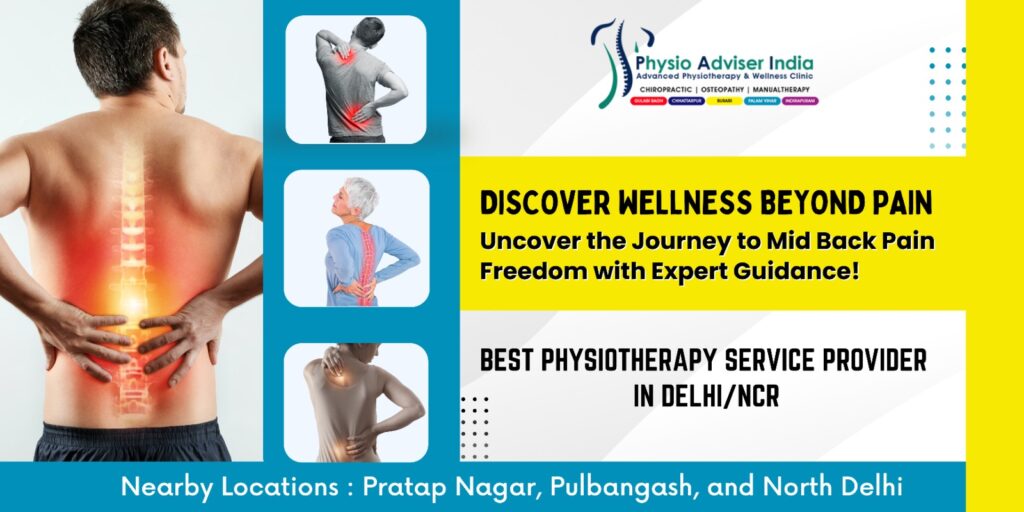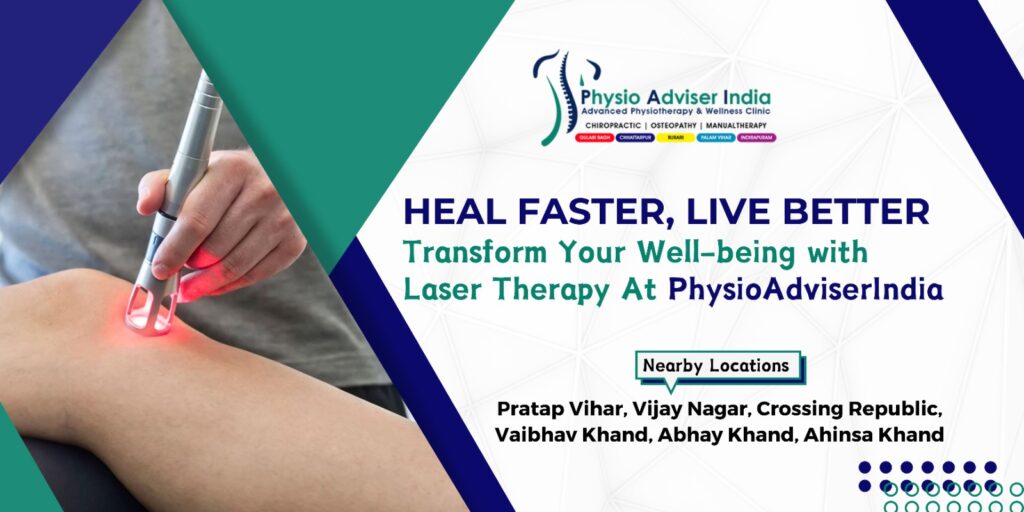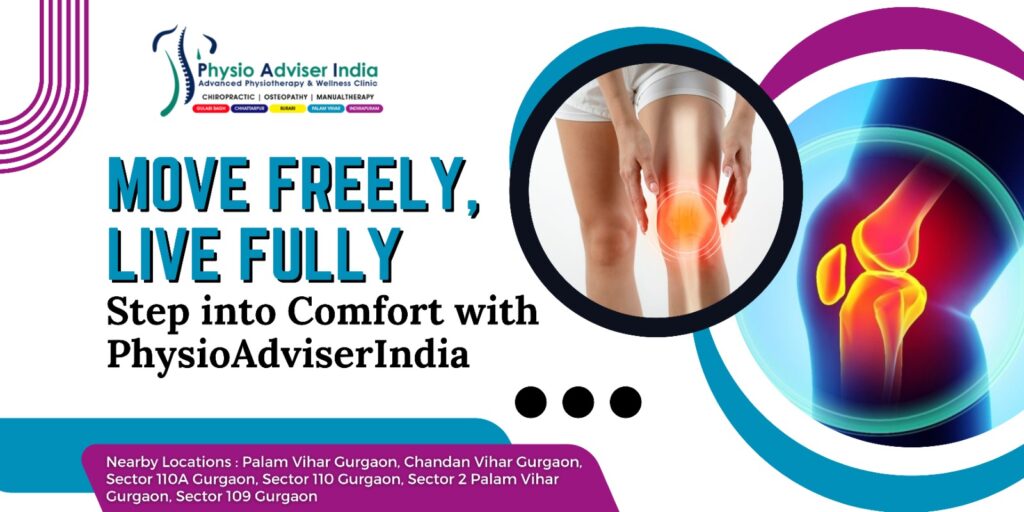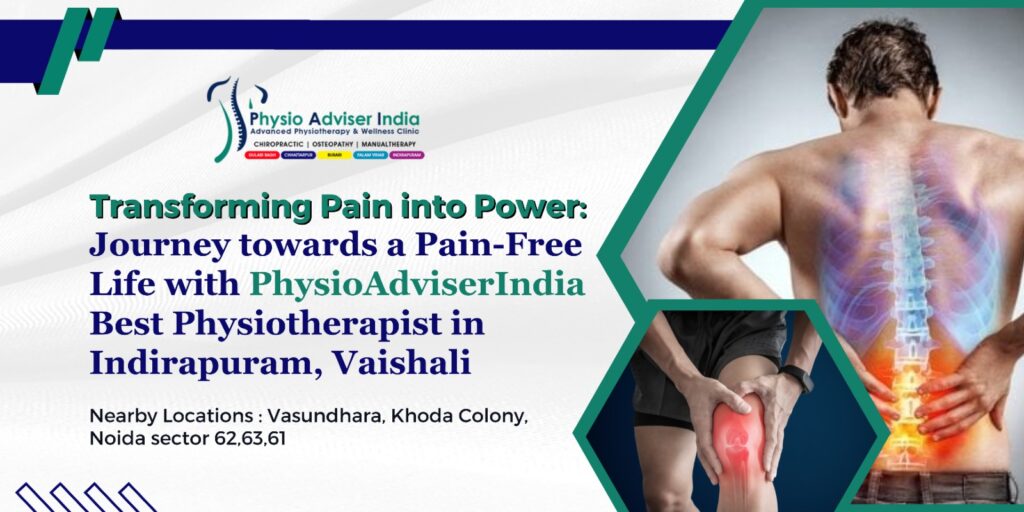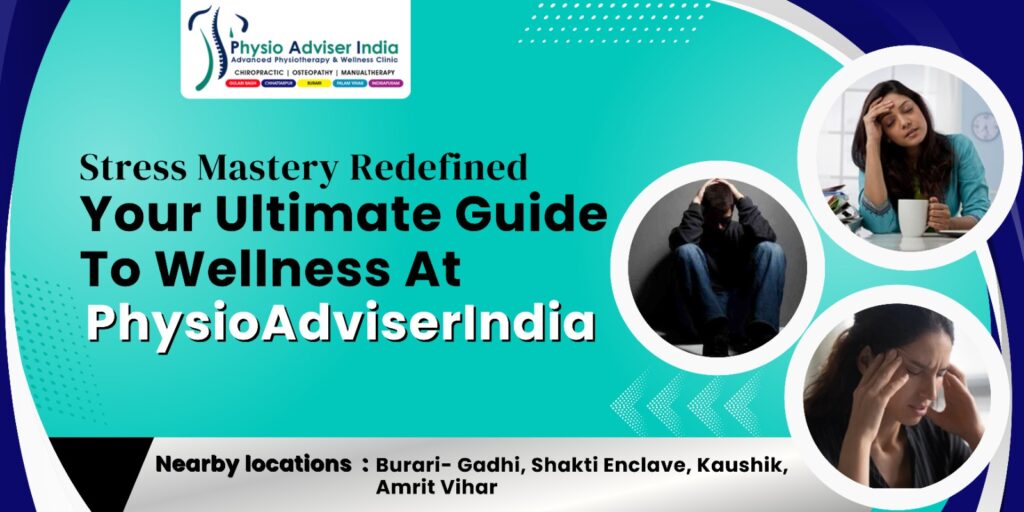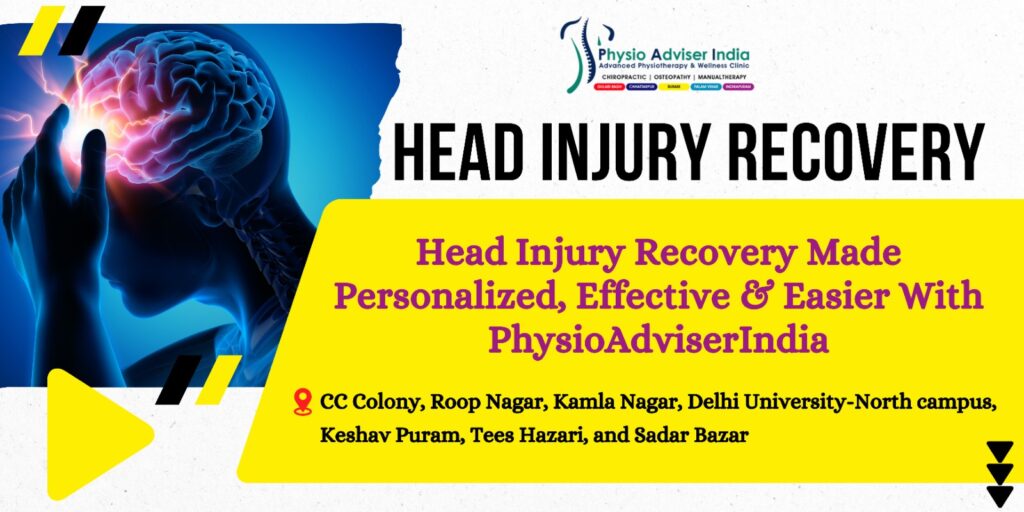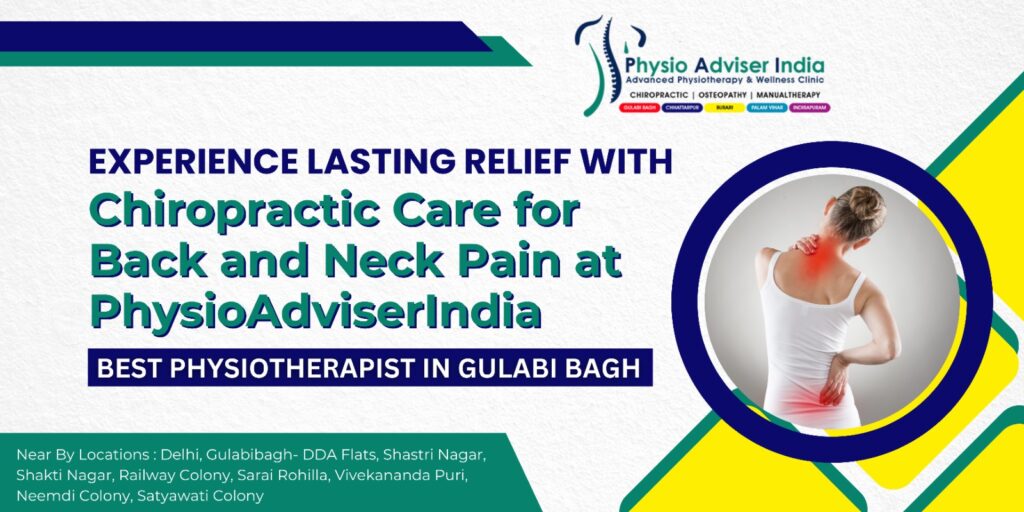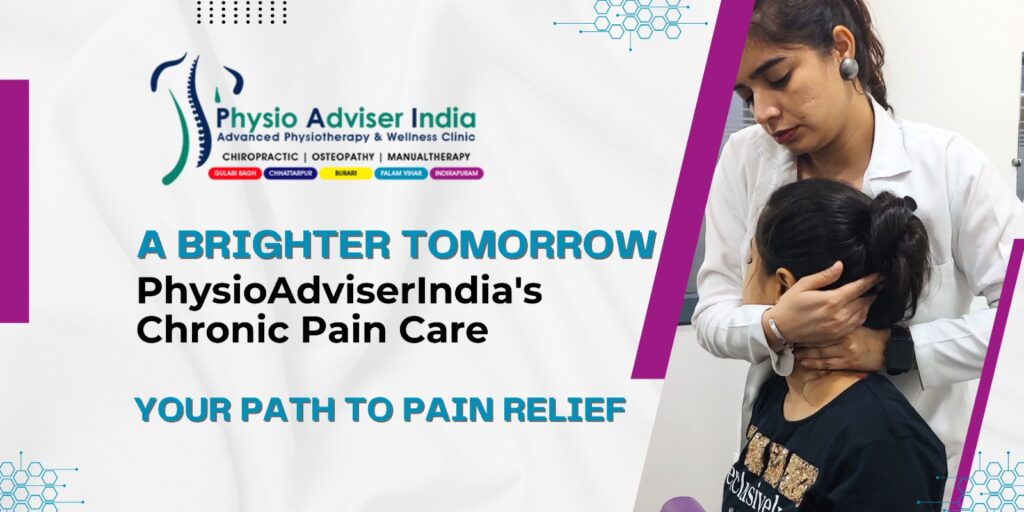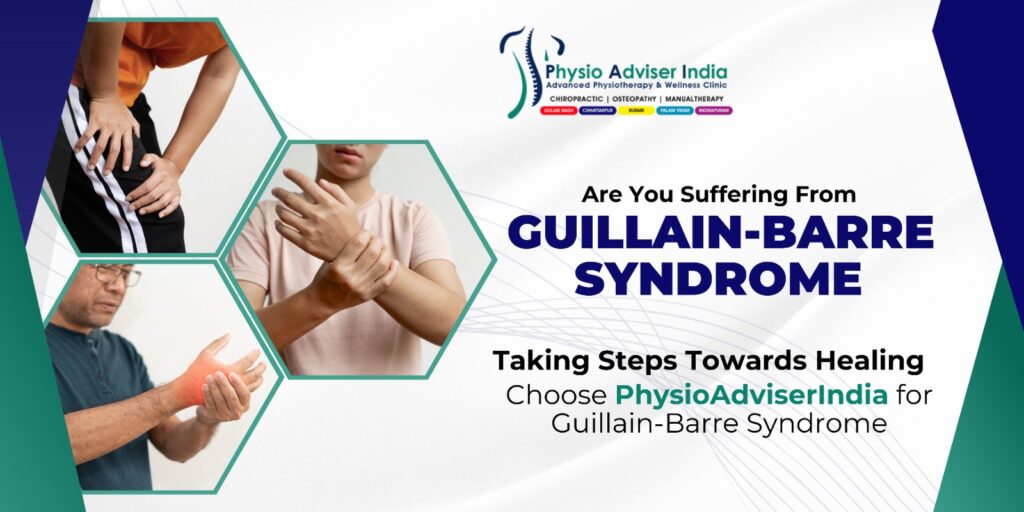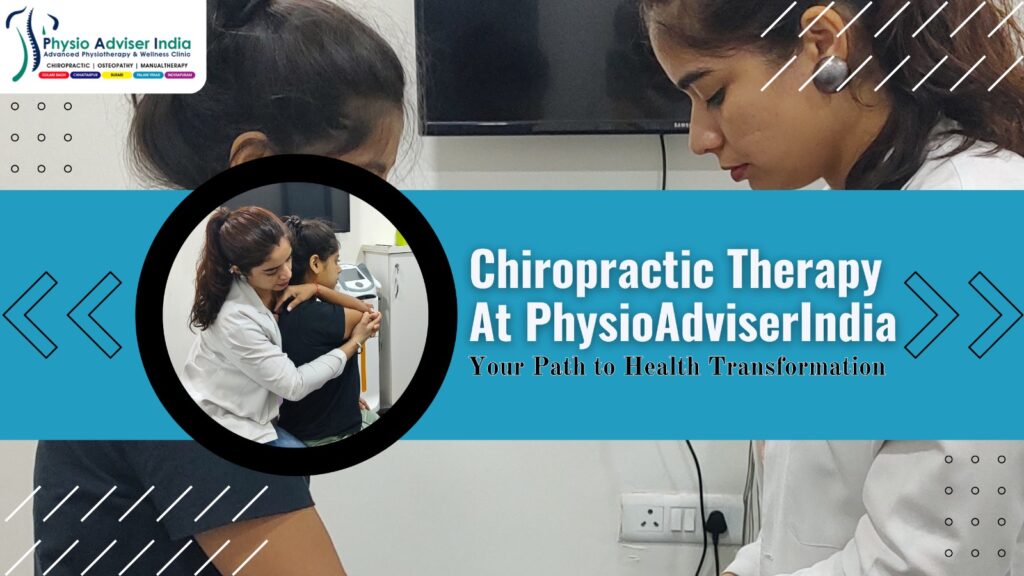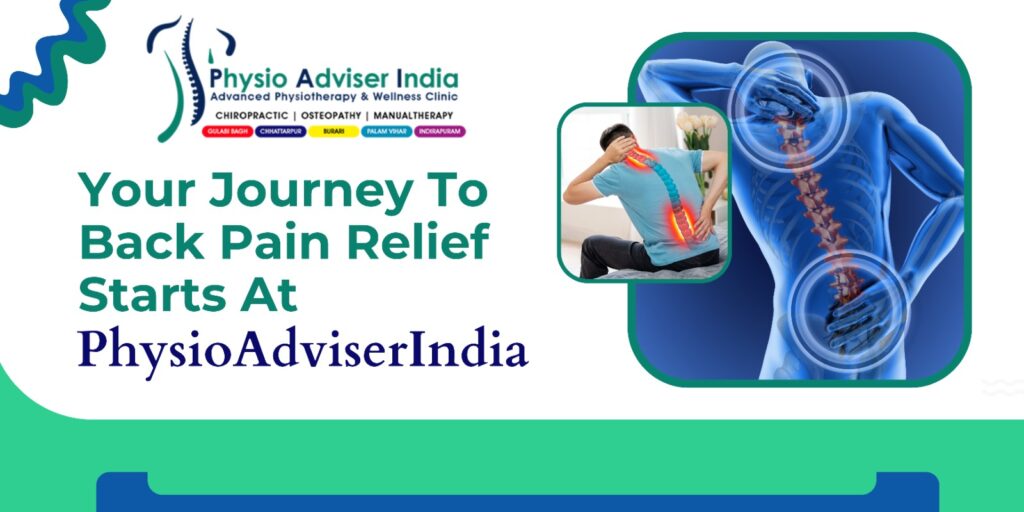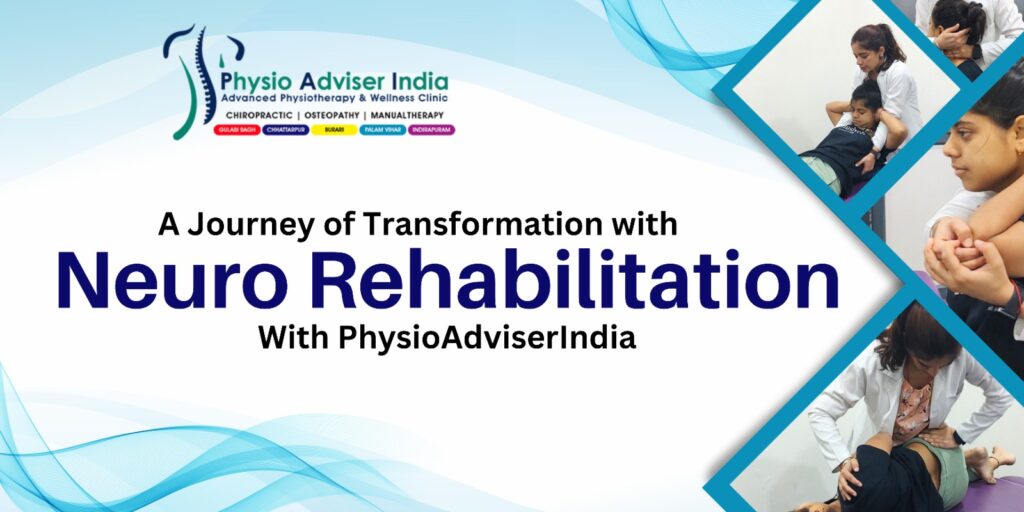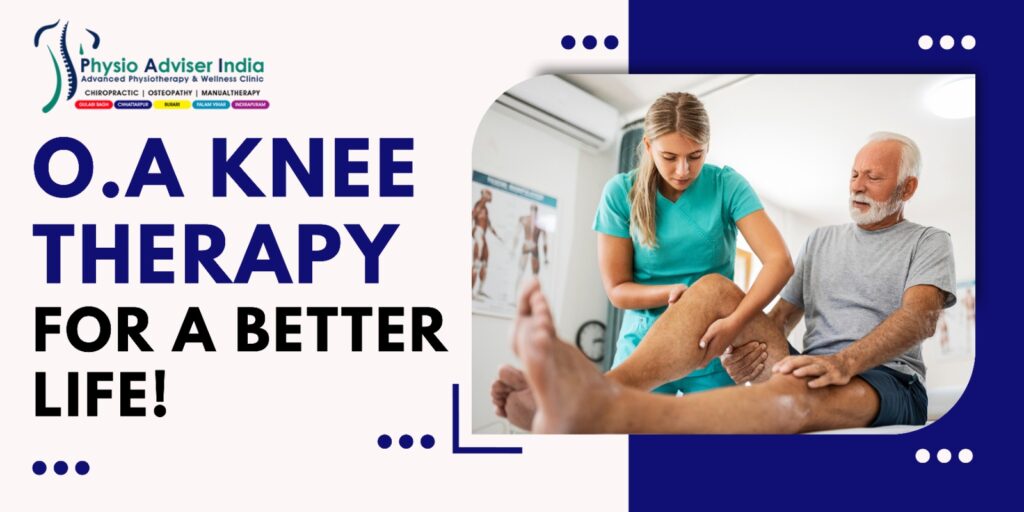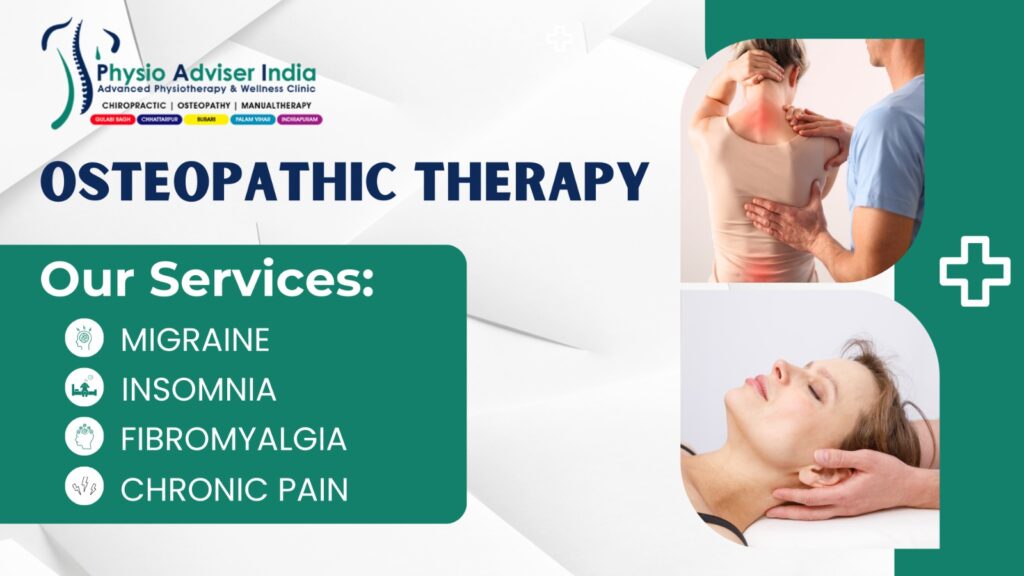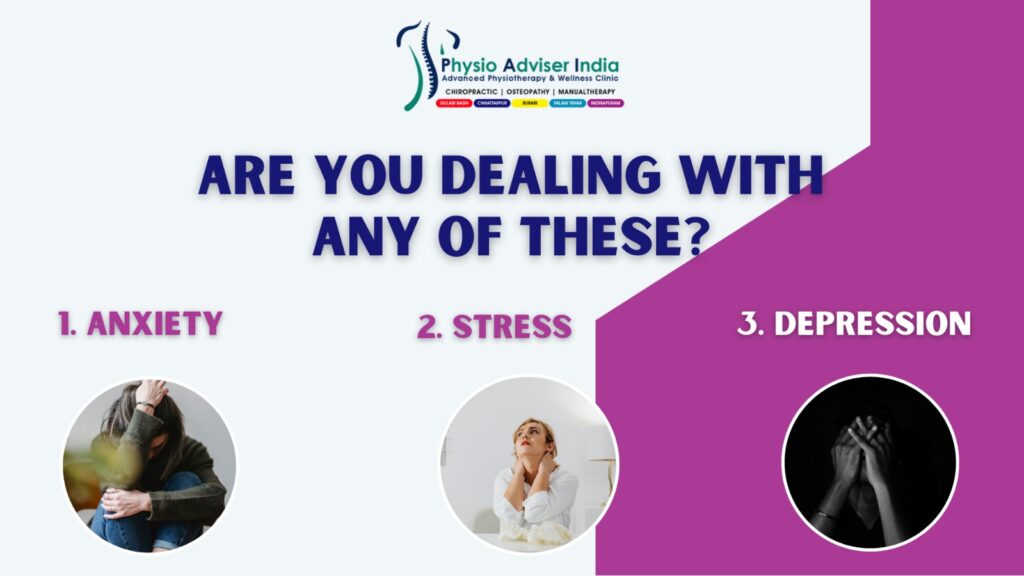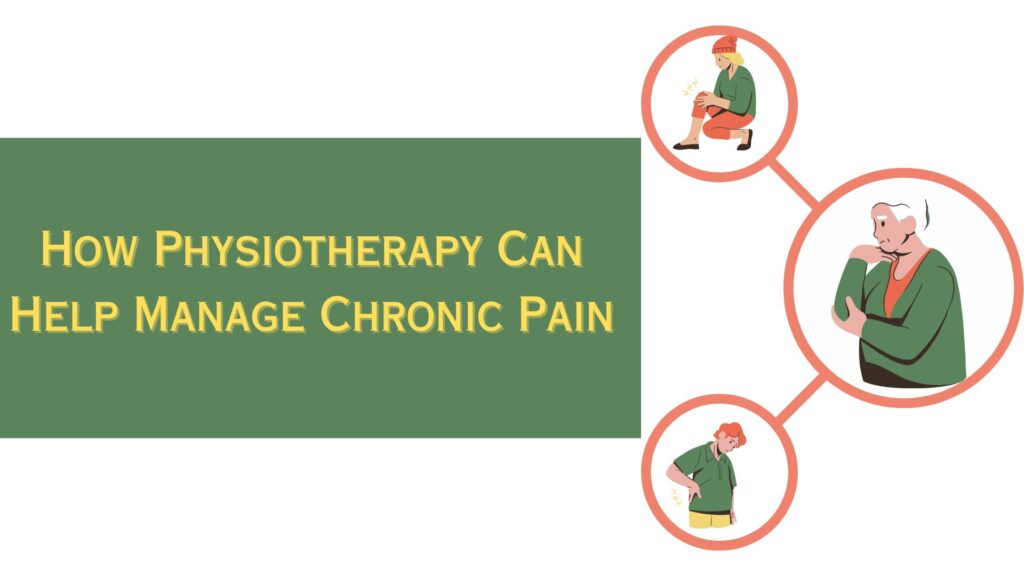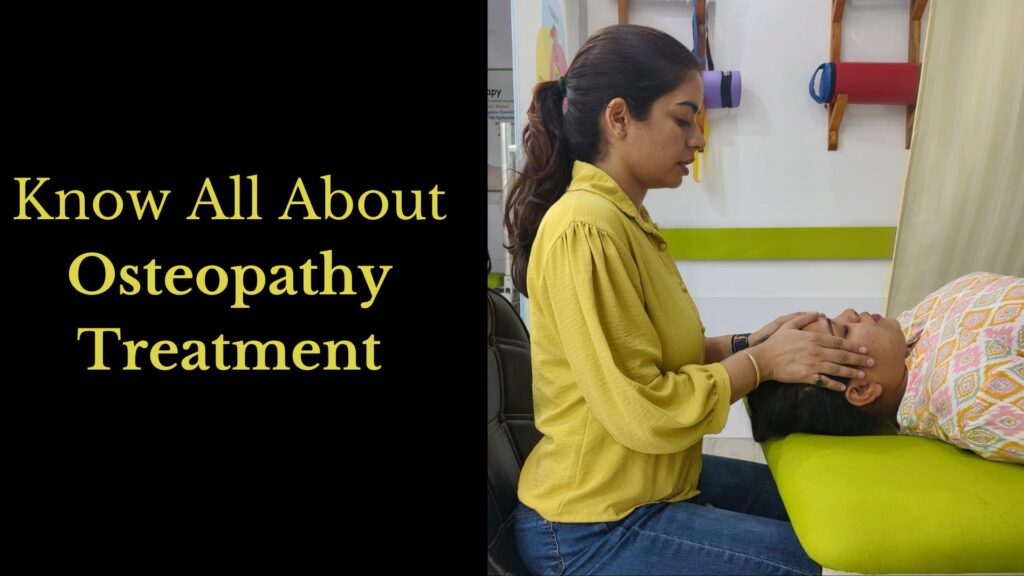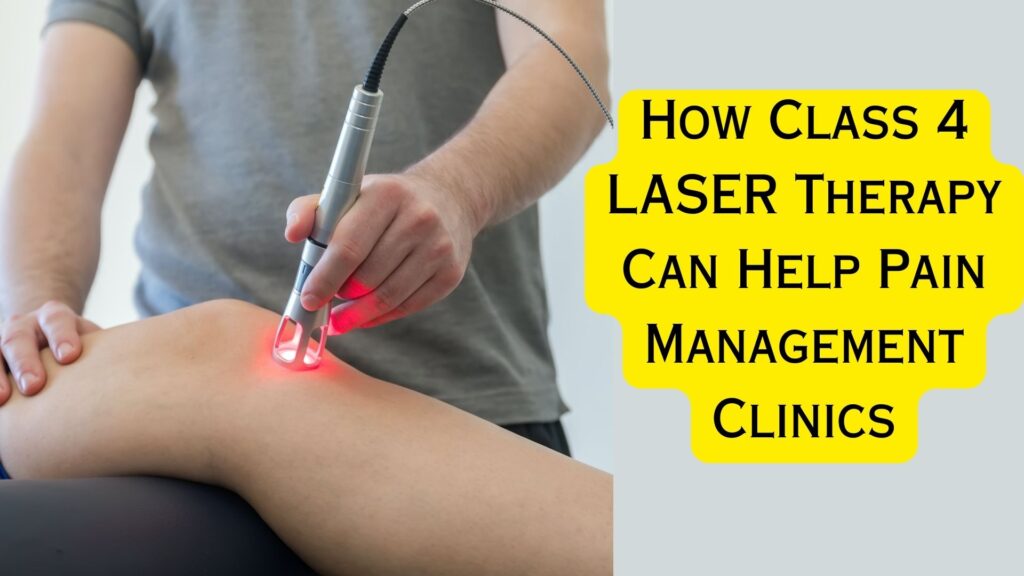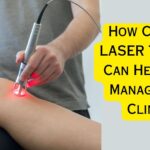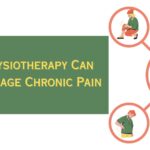Know all about Osteopathy Treatment
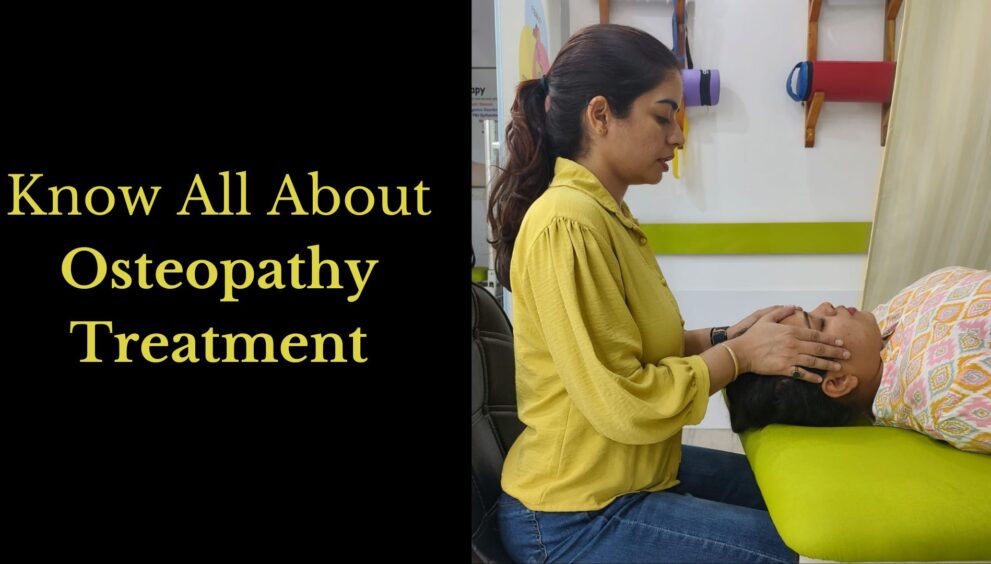
Osteopathy is a hand on procedure that includes strengthening exercises, stretching exercises, myofascial release, and manipulation of musculoskeletal structures. It helps to reduce pain, joint stiffness, muscle relaxation, and increase joint range of motion. It’s based upon the principle that the well-being of a person depends on their ligaments, muscles, bones, and connective tissue all functioning together smoothly. No medicines or surgical procedures are used in it.
What are the benefits of osteopathy treatment?
Osteopathy treatment works on musculoskeletal structure beneficial for pain relief, improves joint range of motion, and improves functional ability. It leads to:
- Improve sleeping pattern
- Improve muscle tightness and muscle function
- Improve the quality of life
- Reduce stress
- Improve posture and bone alignment
- Increase joint mobility
- Pain reduction and reduced muscle tension
What are the techniques of osteopathy treatment?
Osteopathy includes a group of techniques that is:
- Gentle mobilization
- Myofascial release
- Muscle strengthening exercises
- Muscle stretching exercises
- Trigger point release
- Manipulation
Conditions treated by osteopathy
Osteopathy can help with many conditions which involve muscle, joint, and bony structures. Some of these are:
- Neck pain
- back pain
- Arthritic conditions
- Impaired nerve functions that cause pain, tingling sensation weakness, and numbness
- Muscular tightness
- Muscle sprain and strain
- Headache
- Sciatica pain
- Shoulder pain /frozen shoulder
- Elbow pain condition
- Digestive disorder (limited evidence)
How it’s done/ performed-
Assessment
- On your first appointment an osteopath with ask you about your condition, problems, oms, and past medical history. If any other medical care is being taken before or during treatment.
- After taking your consent an osteopath will have a physical examination regarding your condition they can ask you to perform simple movements for assessing your movements and mobility.
- They can assess your areas of weakness, pain, tender areas, strain, or stretch in your body. Areas of difficulty/lack of movement.
- After assessing you they can refer you for further tests such as MRI SCANS, X-RAY, and blood tests if needed.
After a complete assessment, you can understand better your condition and how an osteopath can help you in making it better and recover healthy.
Techniques Used-
- MFR (Myofascial release) – is used for releasing muscular tightness and shortness. In the case of stiff joints and tight muscles (restricted motion) mfr is performed first for providing free movement over joints or improving flexibility.
- Stretching – Helps in improving flexibility, increasing blood circulation, reducing muscle soreness, and increasing range of motion. The risk of injury and damage and joints decreases.
- Mobilization- It is also known as articulation techniques. Its aim is to decrease stiffness, adhesions and increase the joint range of motion. It comprises sive mobilization with low velocity and moderate amplitude of the t.
- High-velocity thrusts – these involve high-velocity, low-amplitude thrusts to joints, it is sharp, short movements producing a clicking sound.
Also Read-
How Class 4 LASER Therapy Can Help Pain Management Clinics
Your first appointment can last up to 45 min to 1 hr according to your treatment. It is not a painful procedure but a person can feel soreness and stiffness after the first treatment if their condition is painful or inflamed. An osteopath will ask you to review after every treatment for any pain or discomfort during treatment.
You can be given a prescribed set of exercises to perform at home for better recovery and prevent symptoms to reoccur.
Your osteopath will explain all the benefits and side-effects of osteopathy, indications, and contra-indication of the following treatment.
Osteopathy treatment is also regulated by health professionals like other medical professionals. These are commonly practiced by physiotherapists.
Contra- indications-
Osteopathy is not for patients having severe damage to bones, spine, ligaments, nerves, and joints. People with some health conditions should not have osteopathy or can only use mild techniques.
Conditions such as-
- Inflammatory conditions (such as arthritis)
- Infections
- Fractures
- Osteoporosis (weak bones)
- Cancer
- MS (multiple sclerosis)
- Coagulation abnormalities
- Metabolic disorders
- Acquired or congenital connective tissue diseases
- Skin disorders, open wounds
- Vascular compromise
- Bone T.B., osteopenia, osteomyelitis
- Acute whiplash injury
- Aneurysm
- Appendicitis or any visceral disease with suspected rupture.
Note– if you are getting any kinds of issues you can consult Shivani Sharma PT, she has 12 Years of Experience in this field and also she is the leading Best Physiotherapist in Indirapuram.

